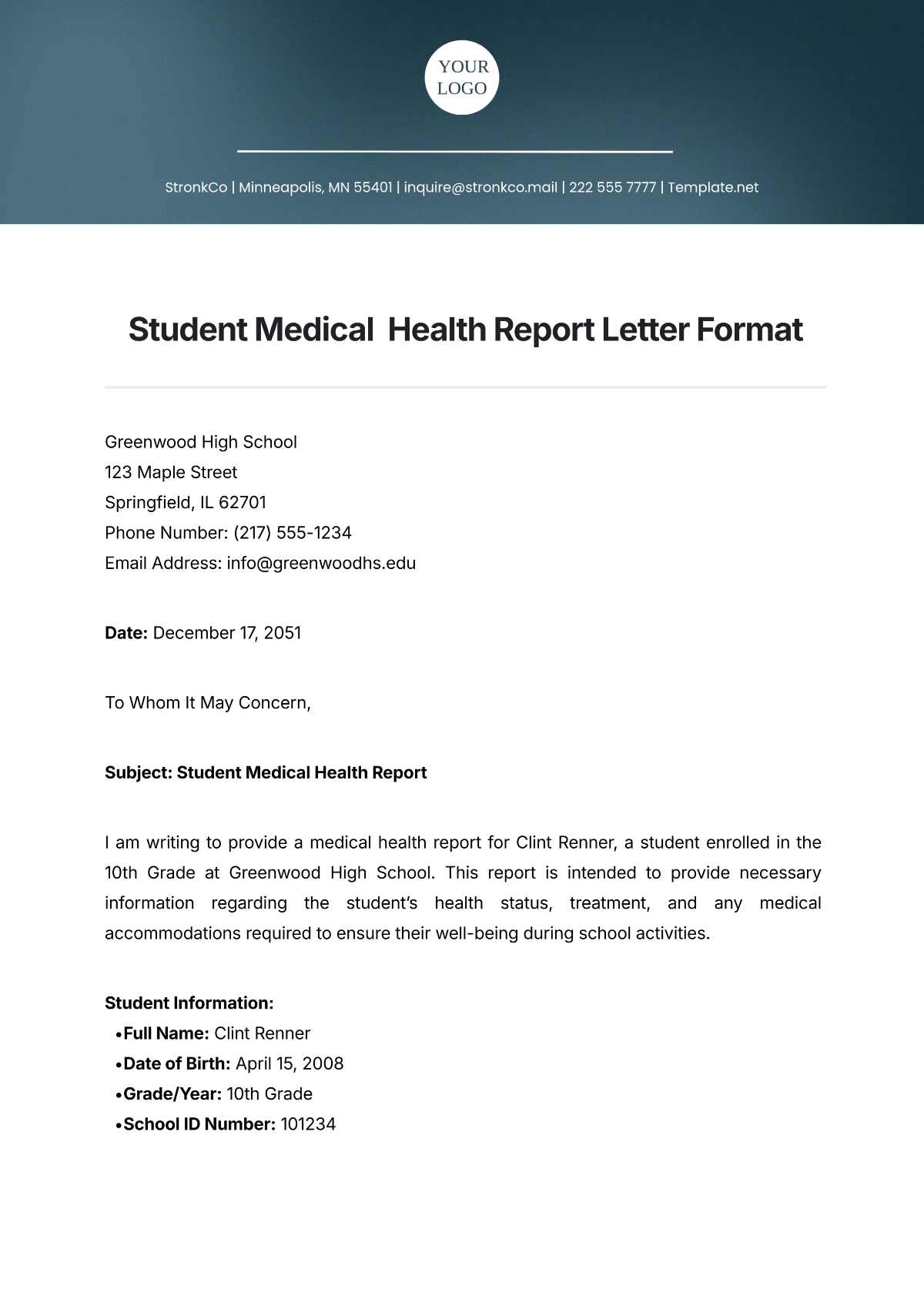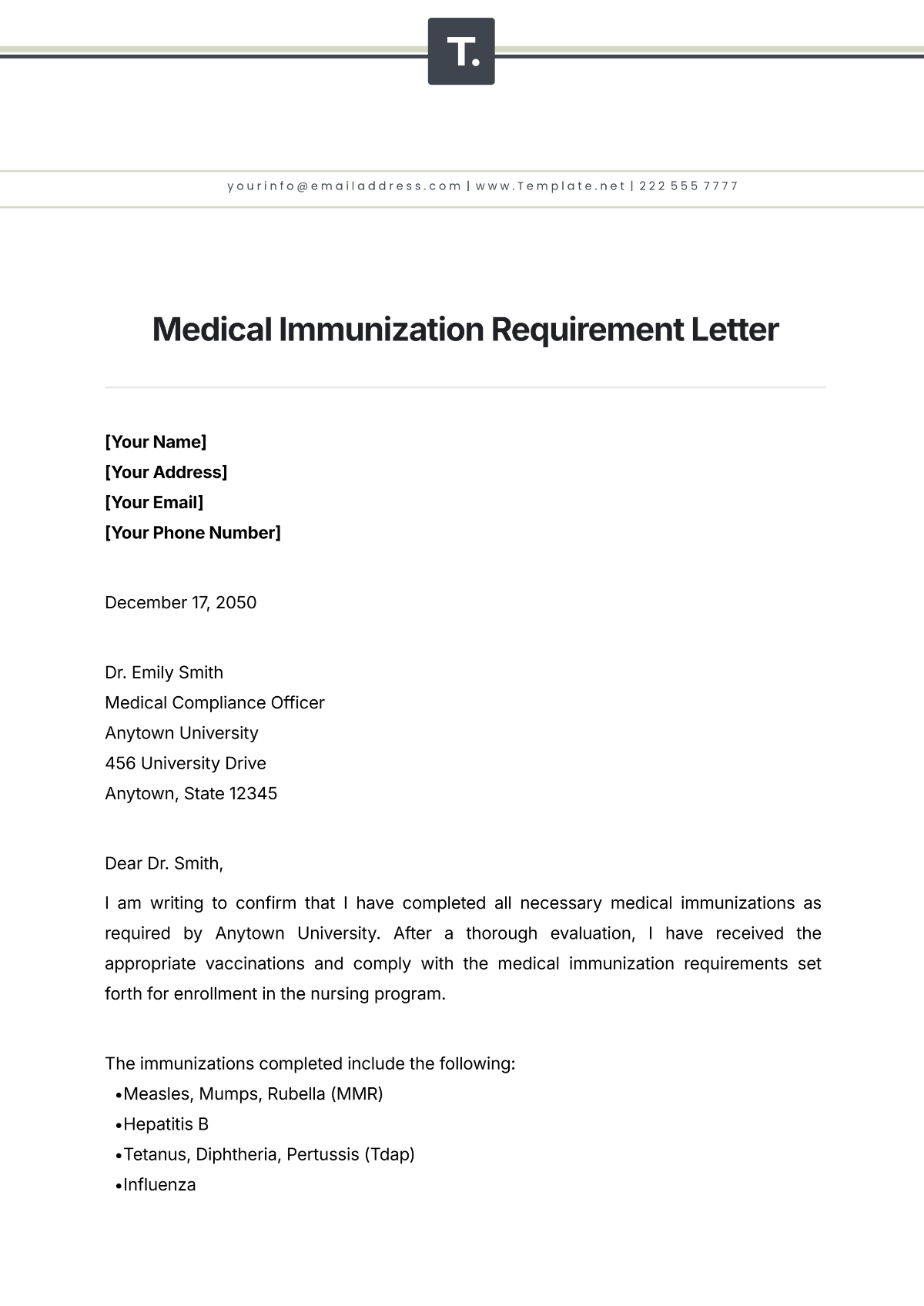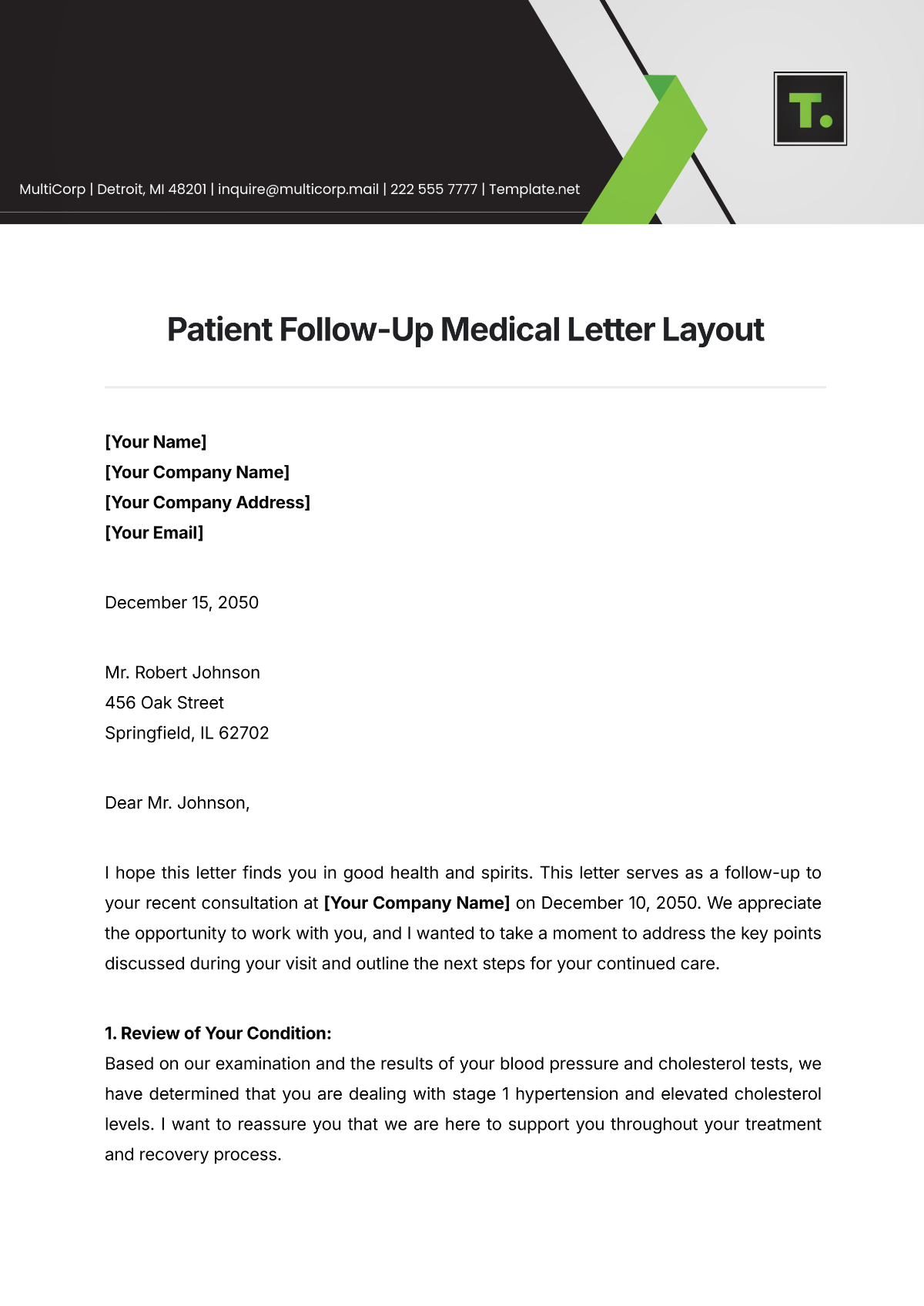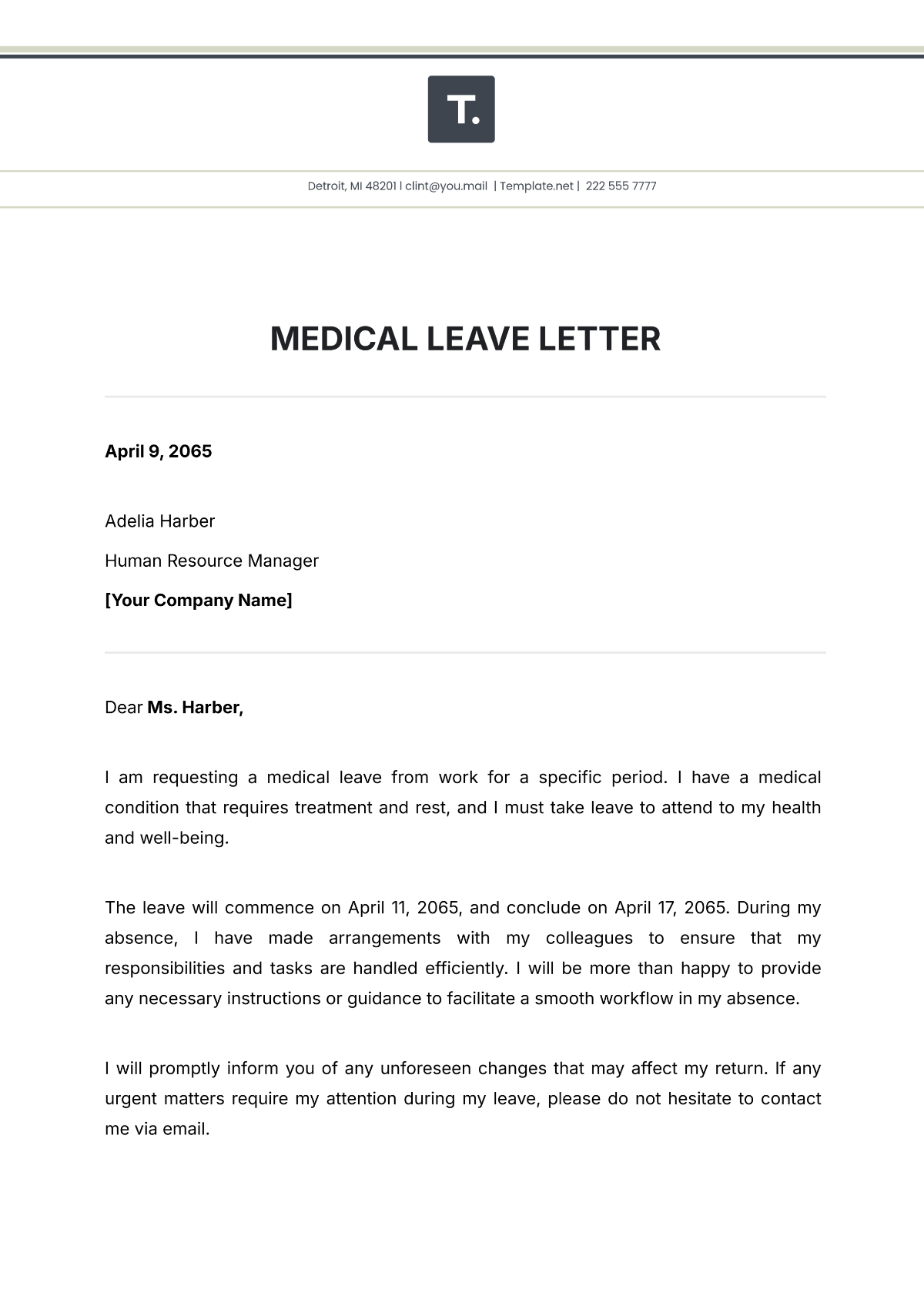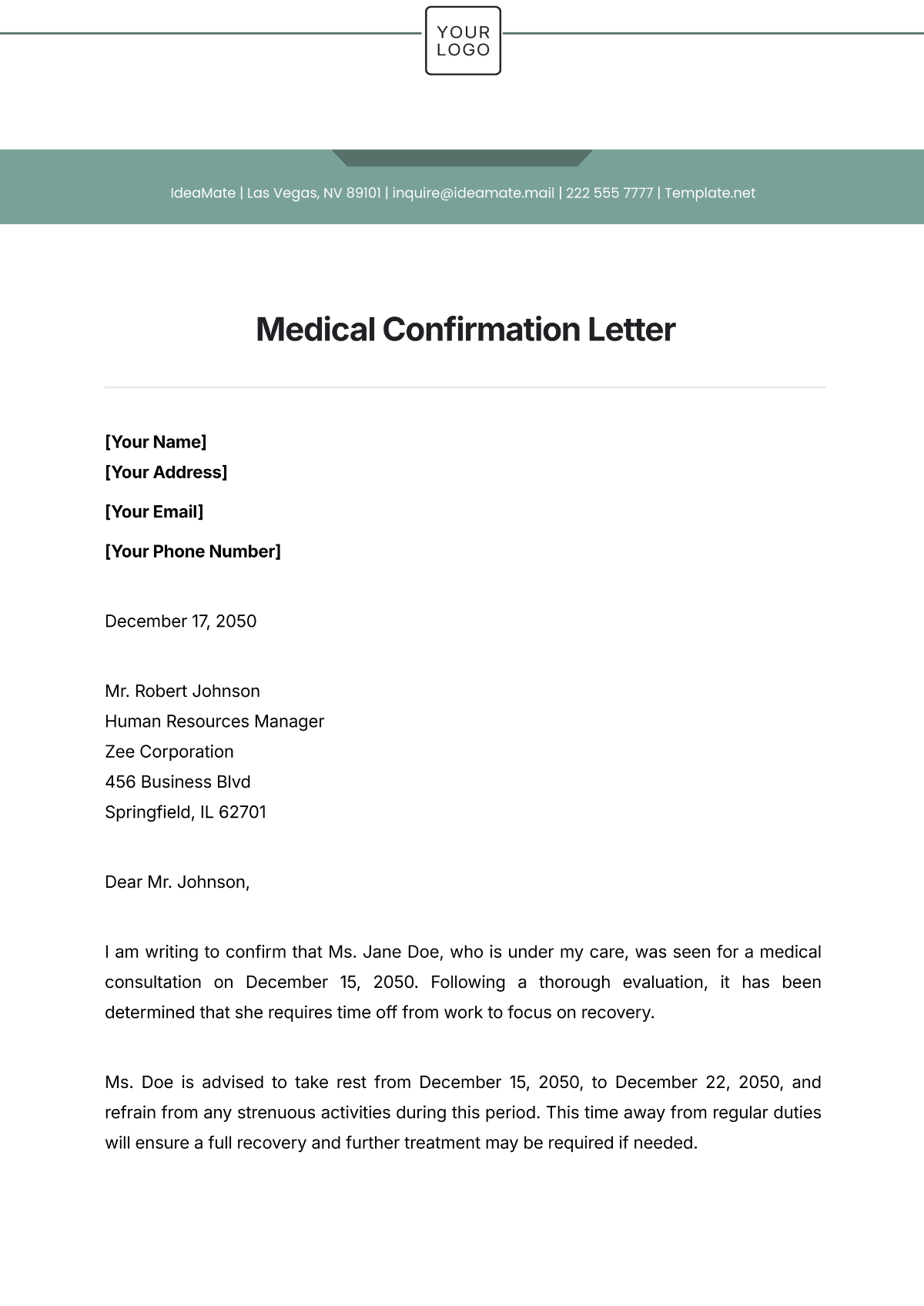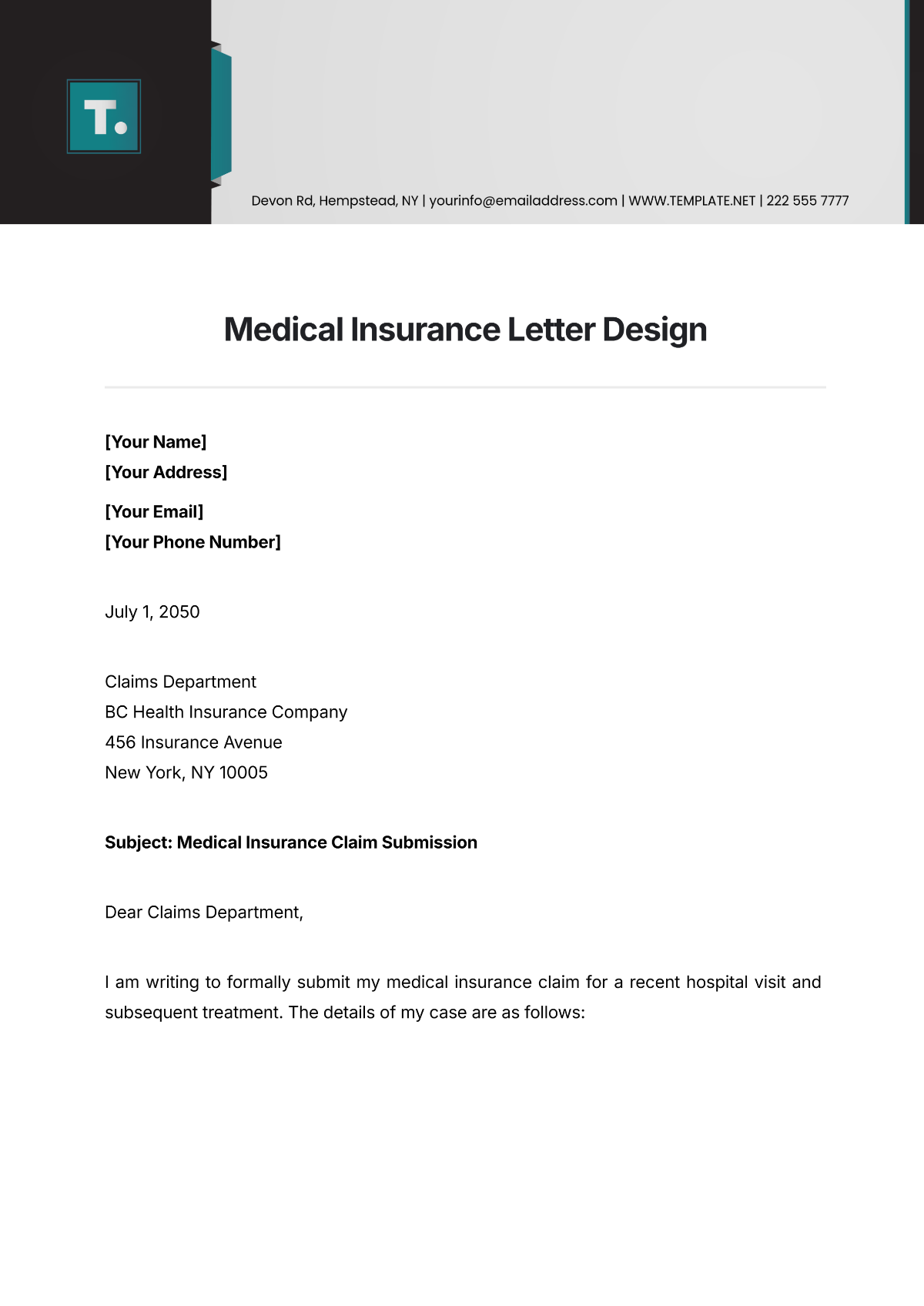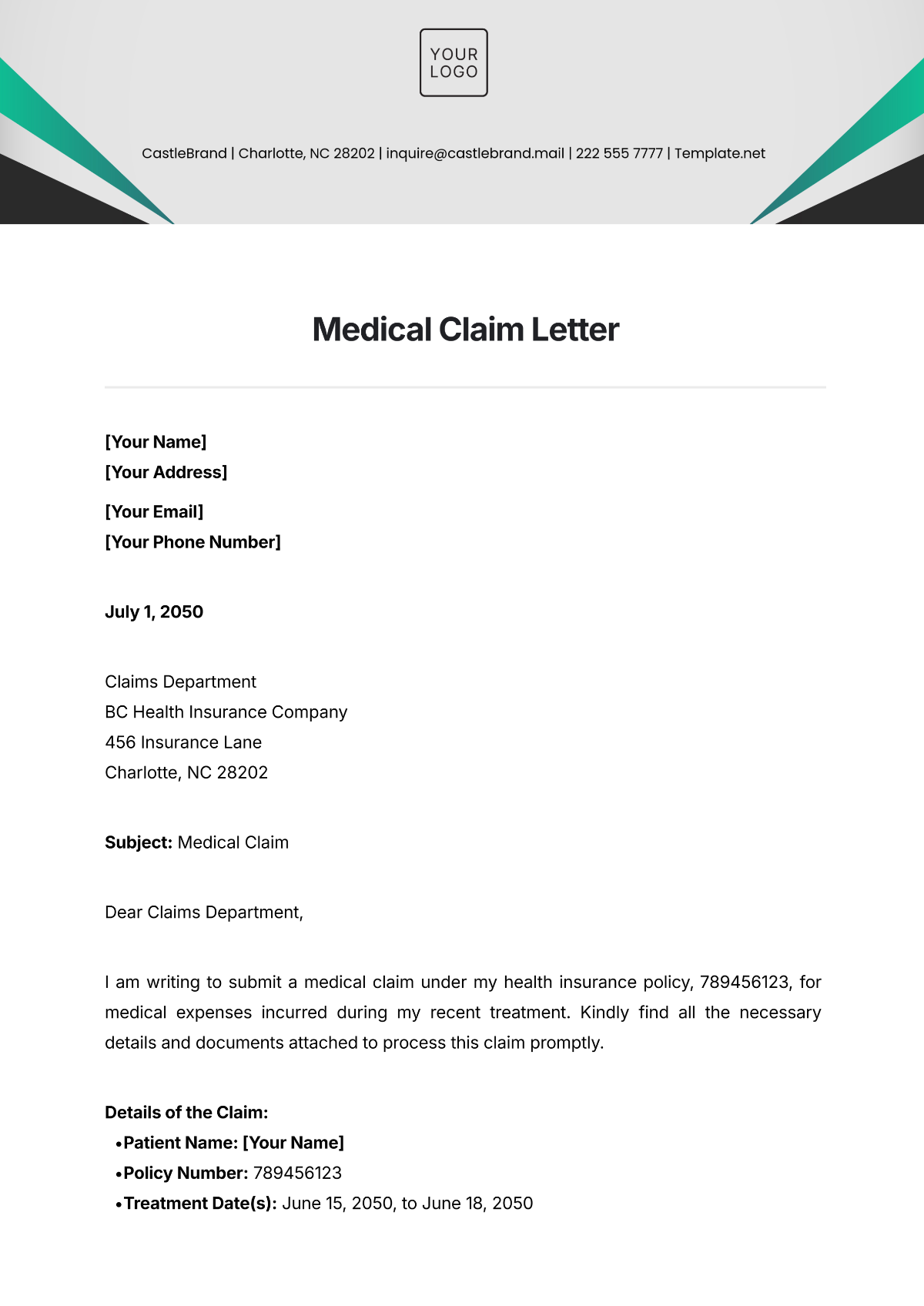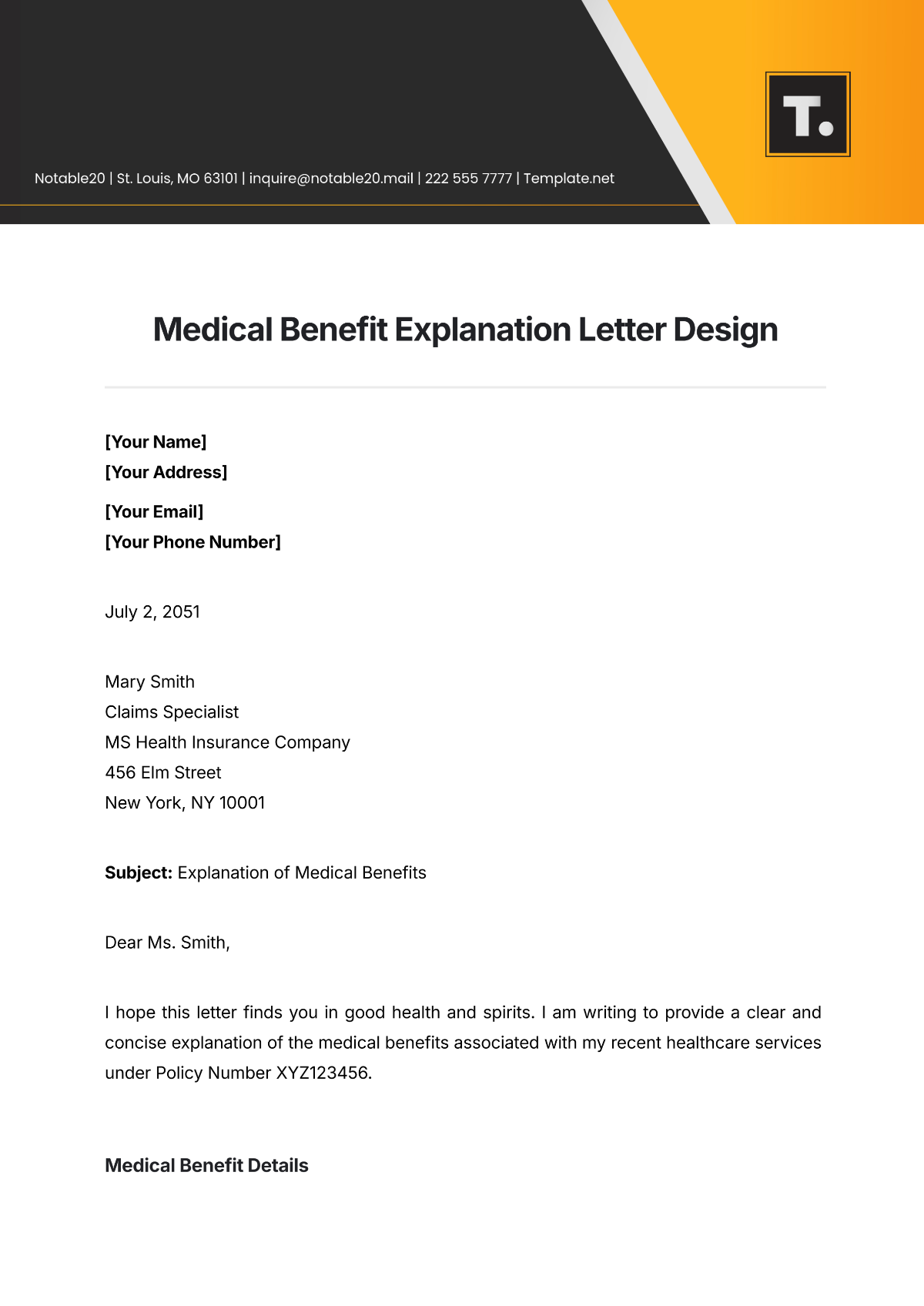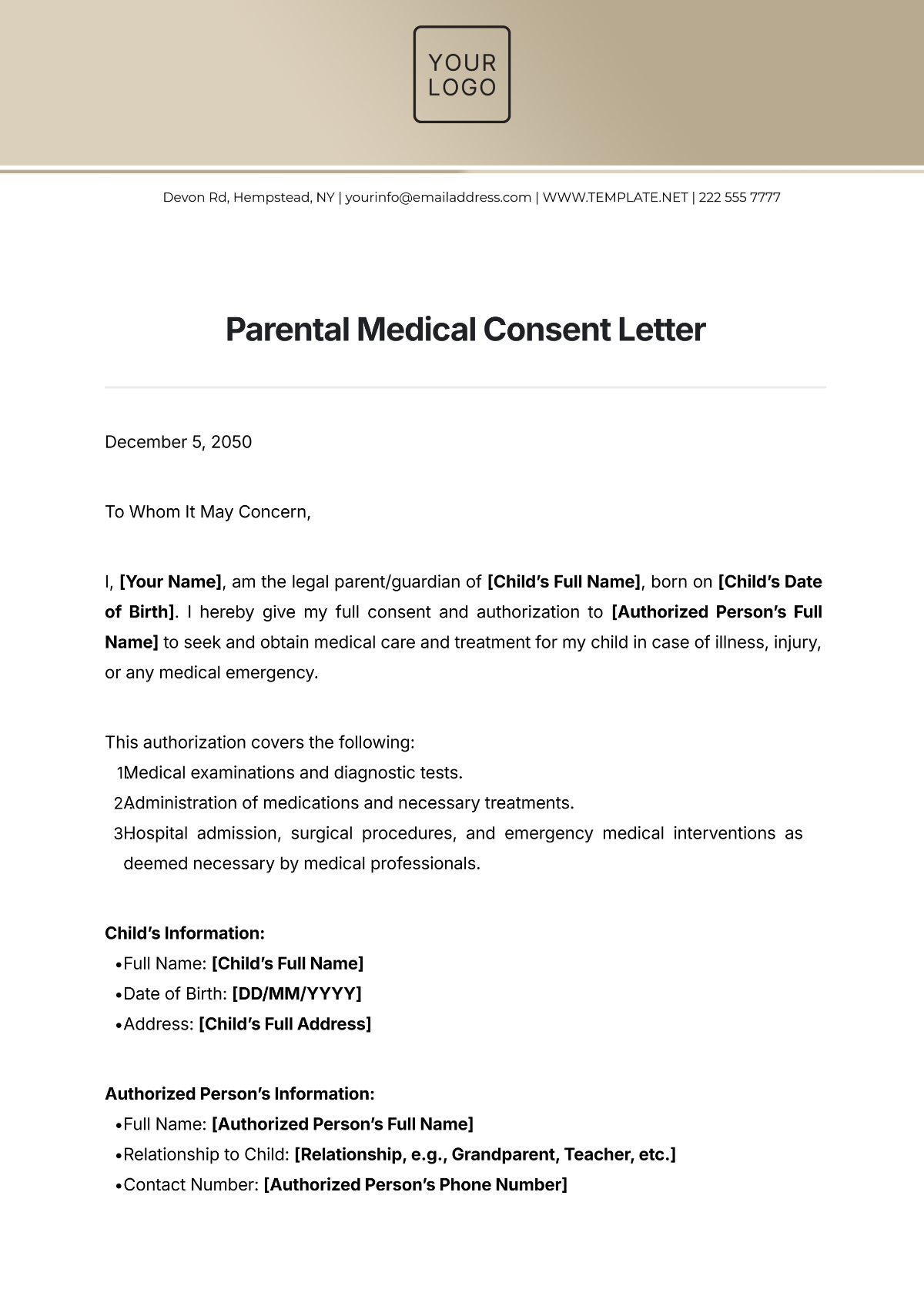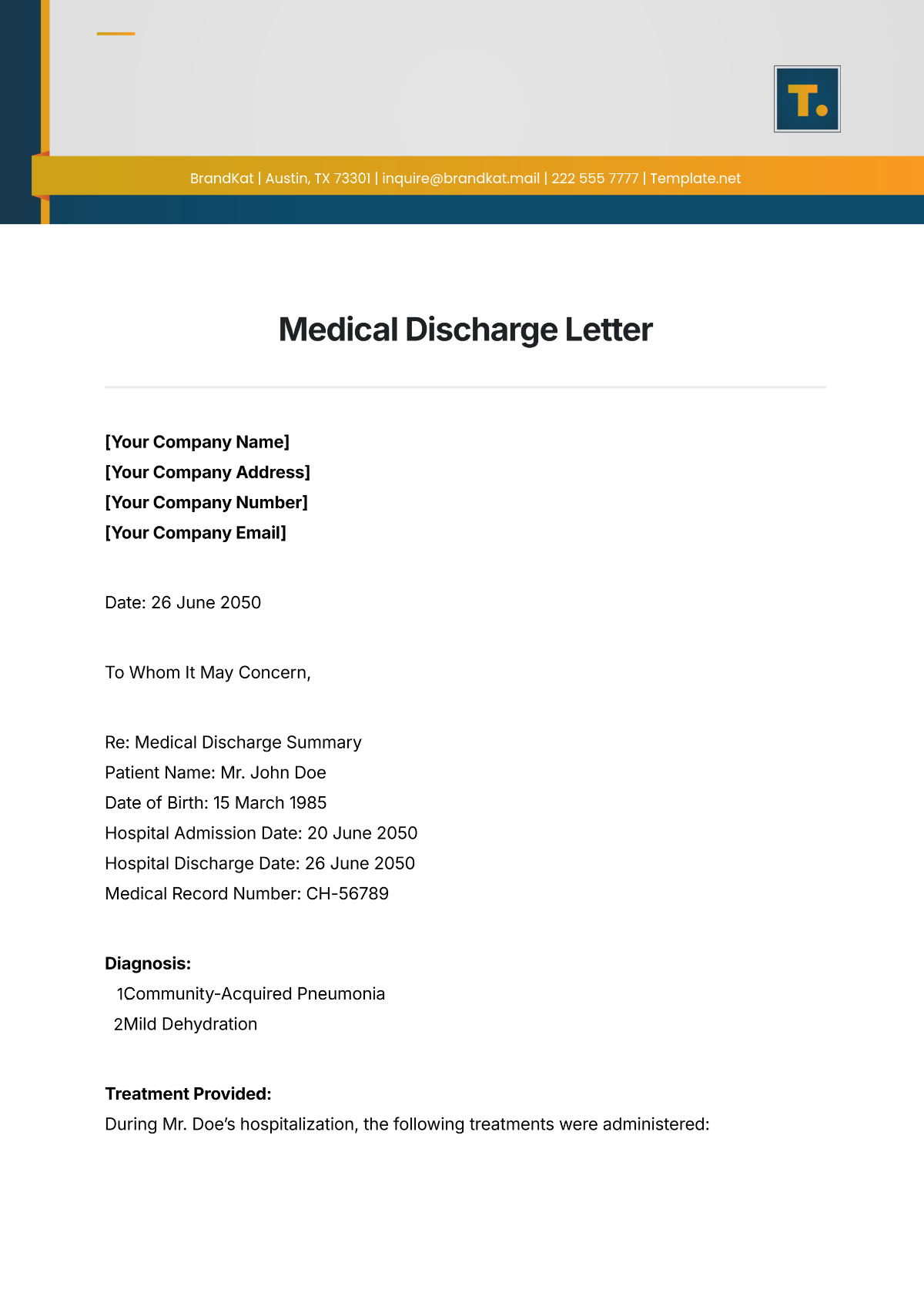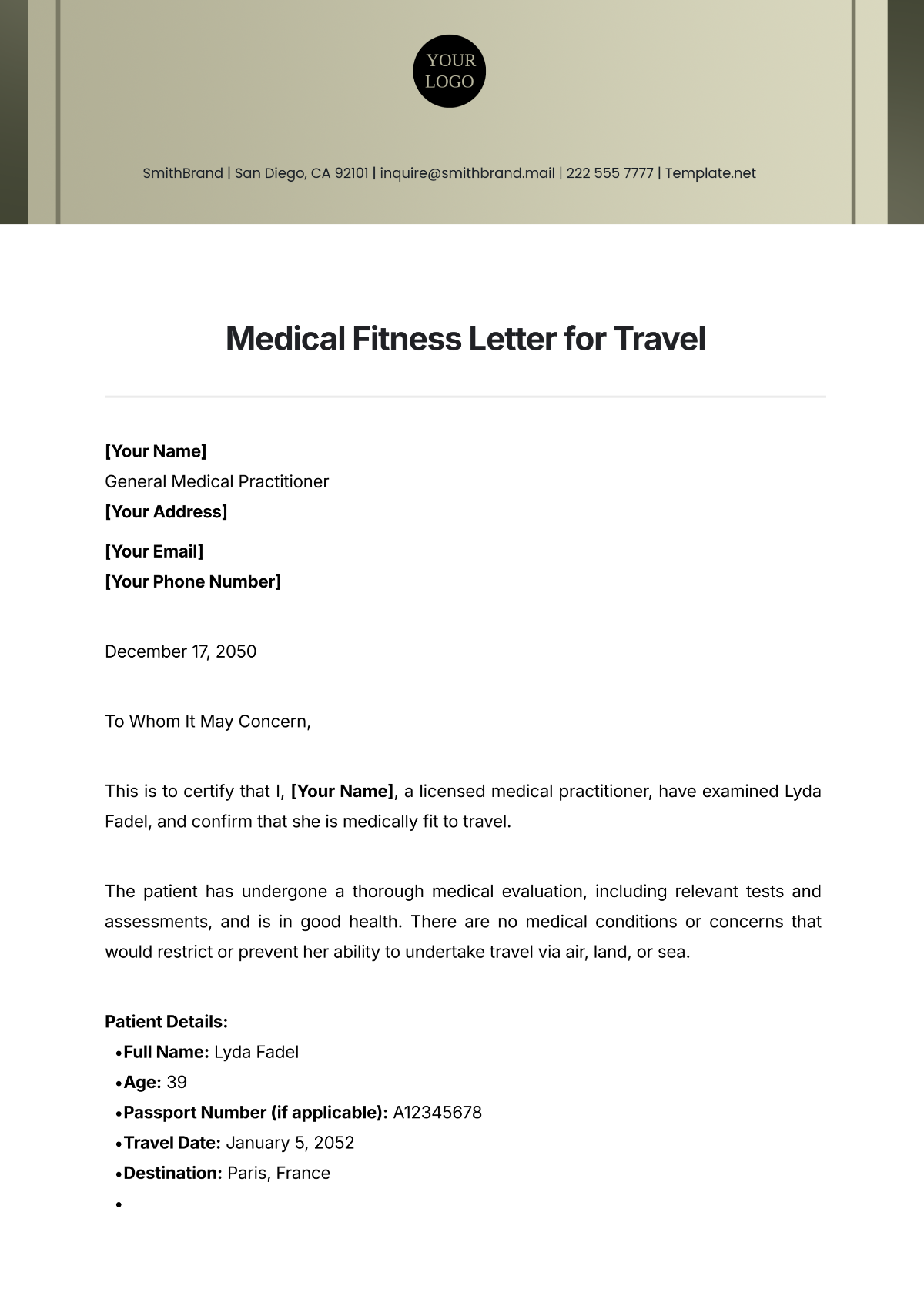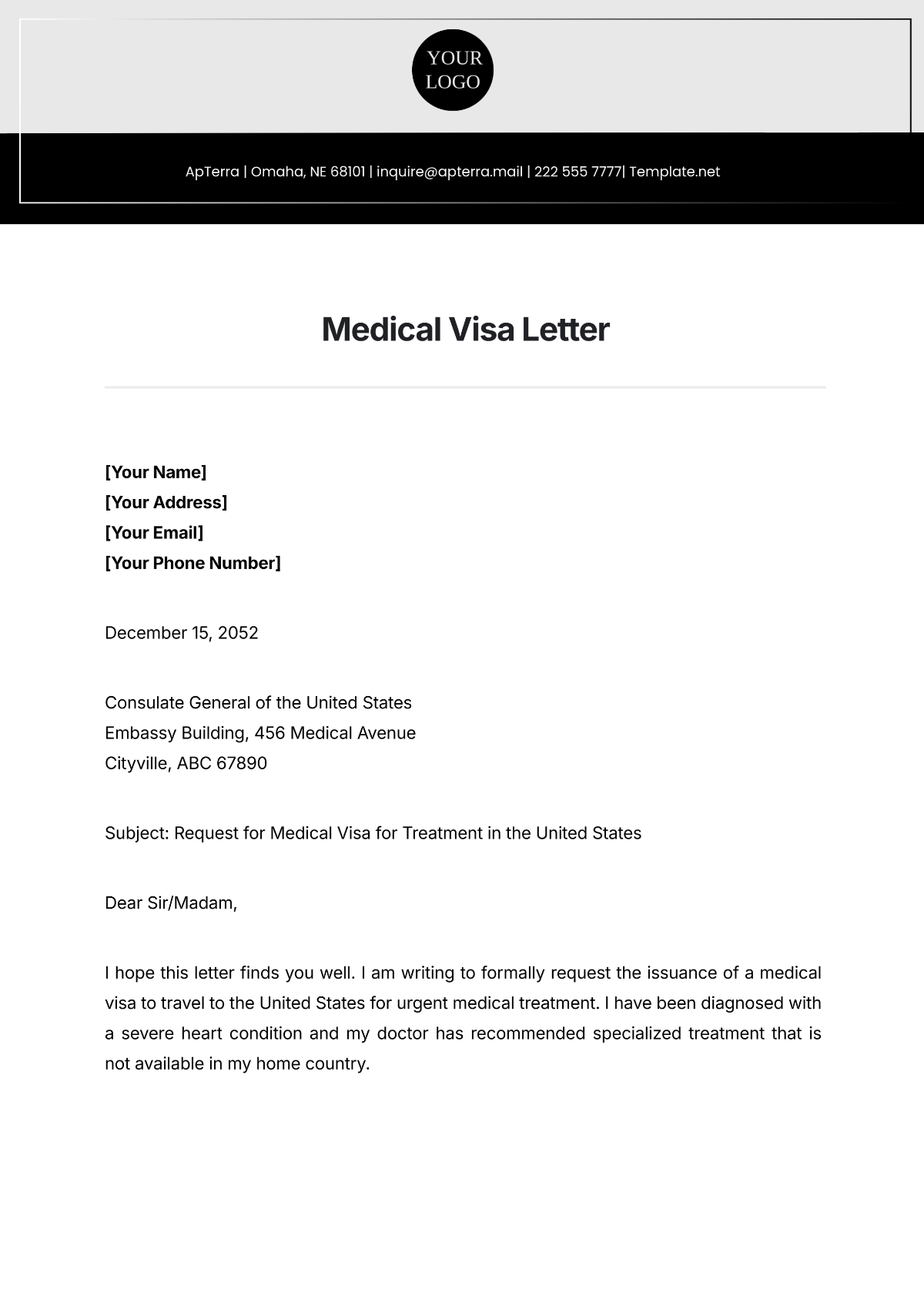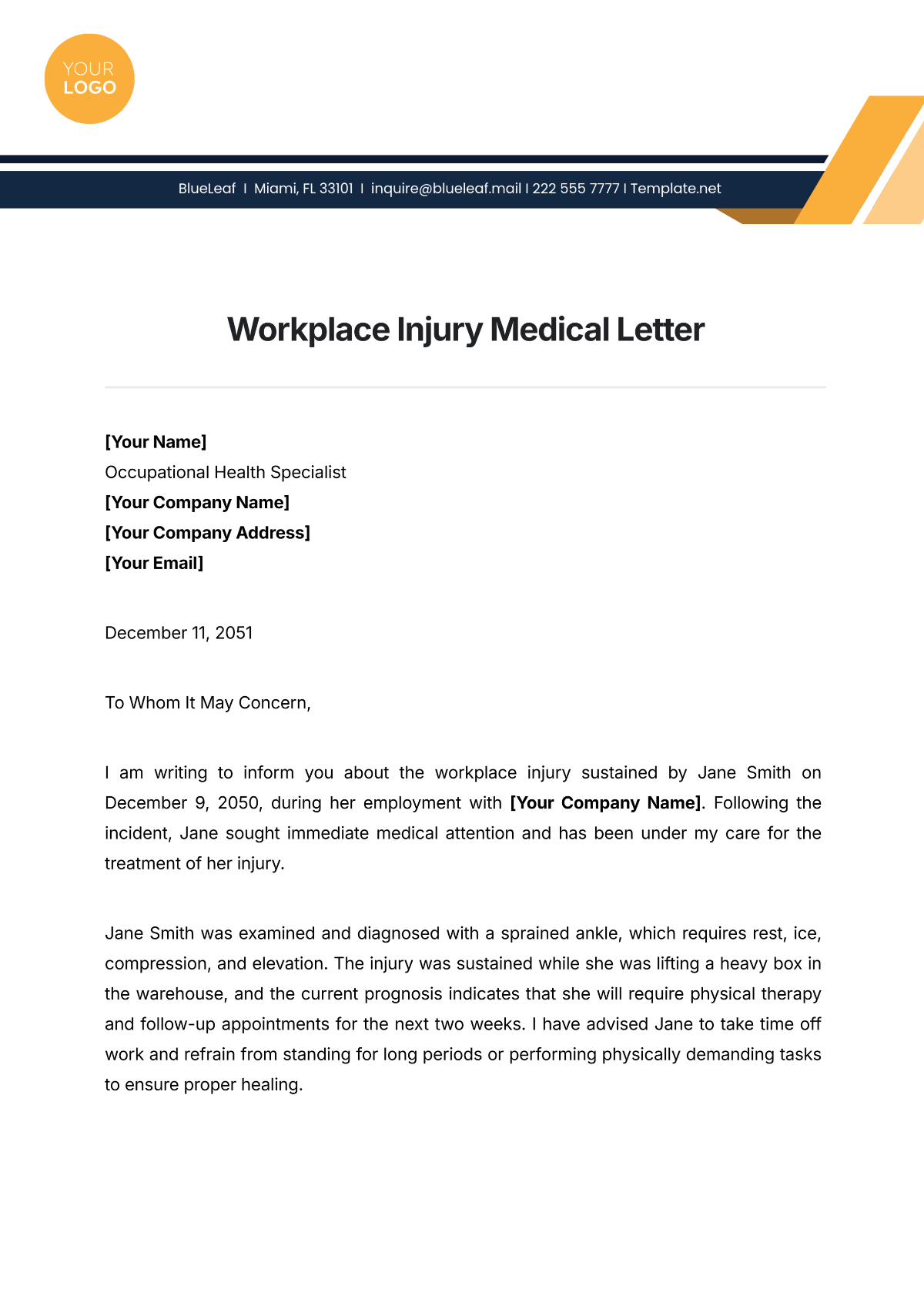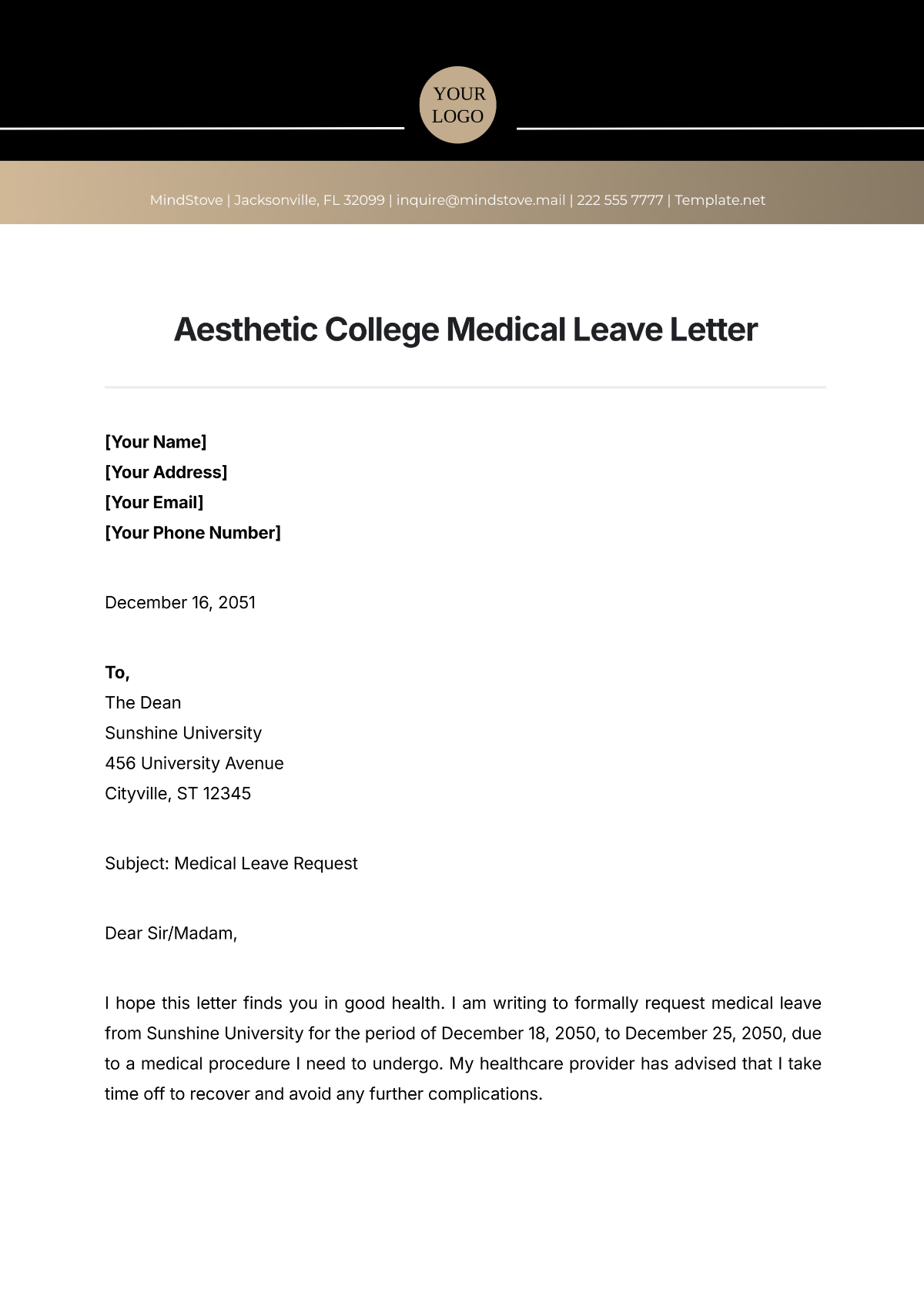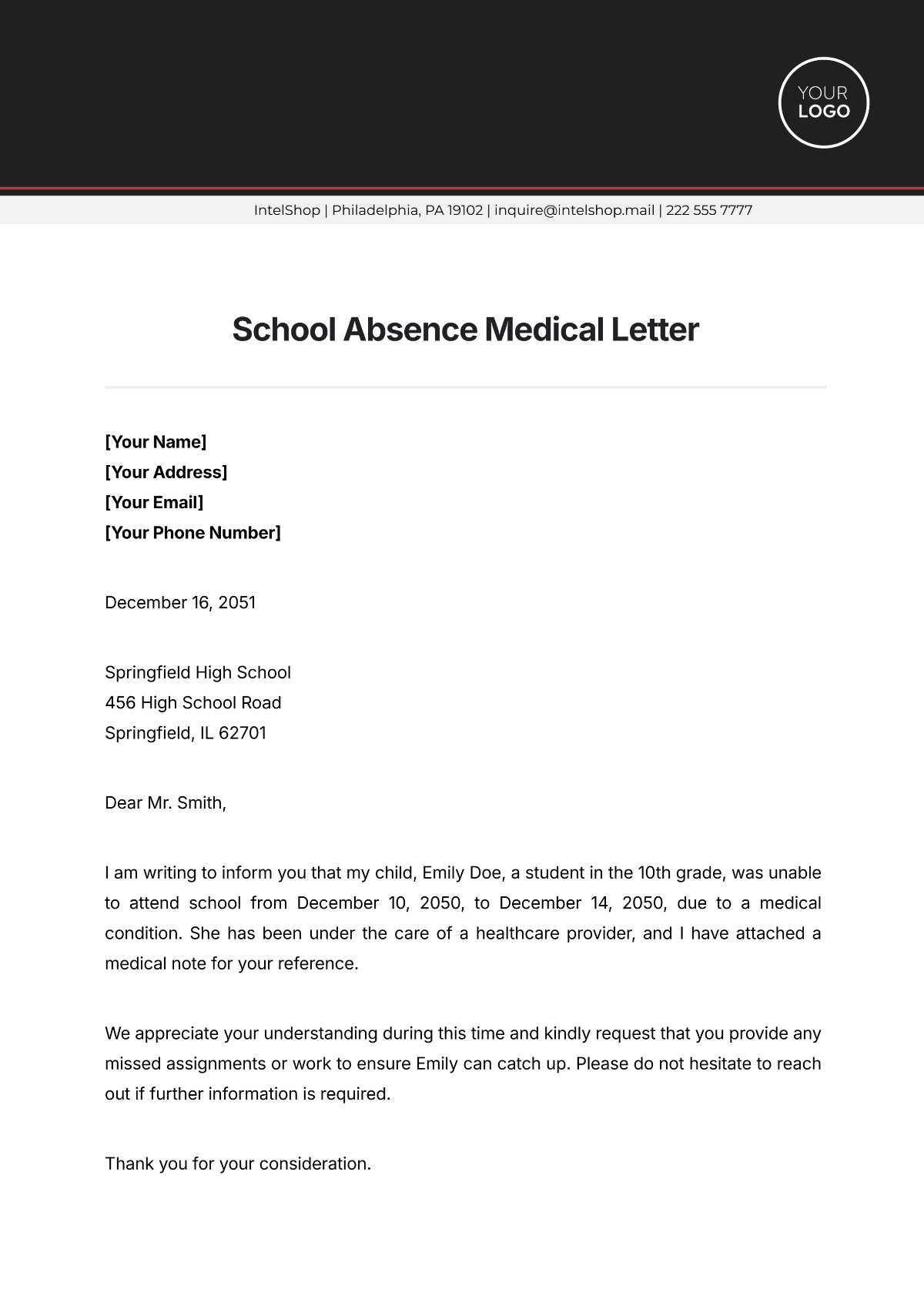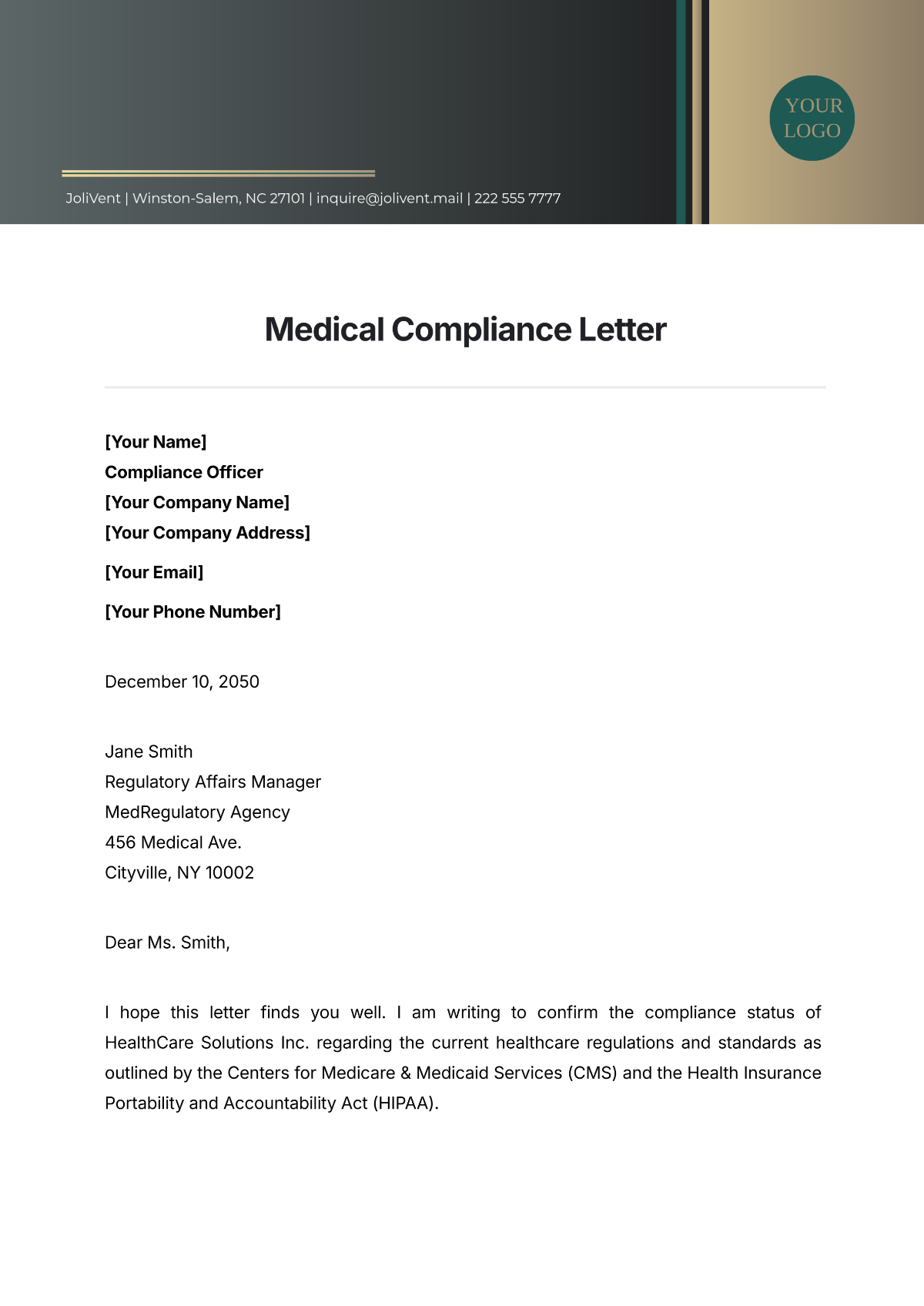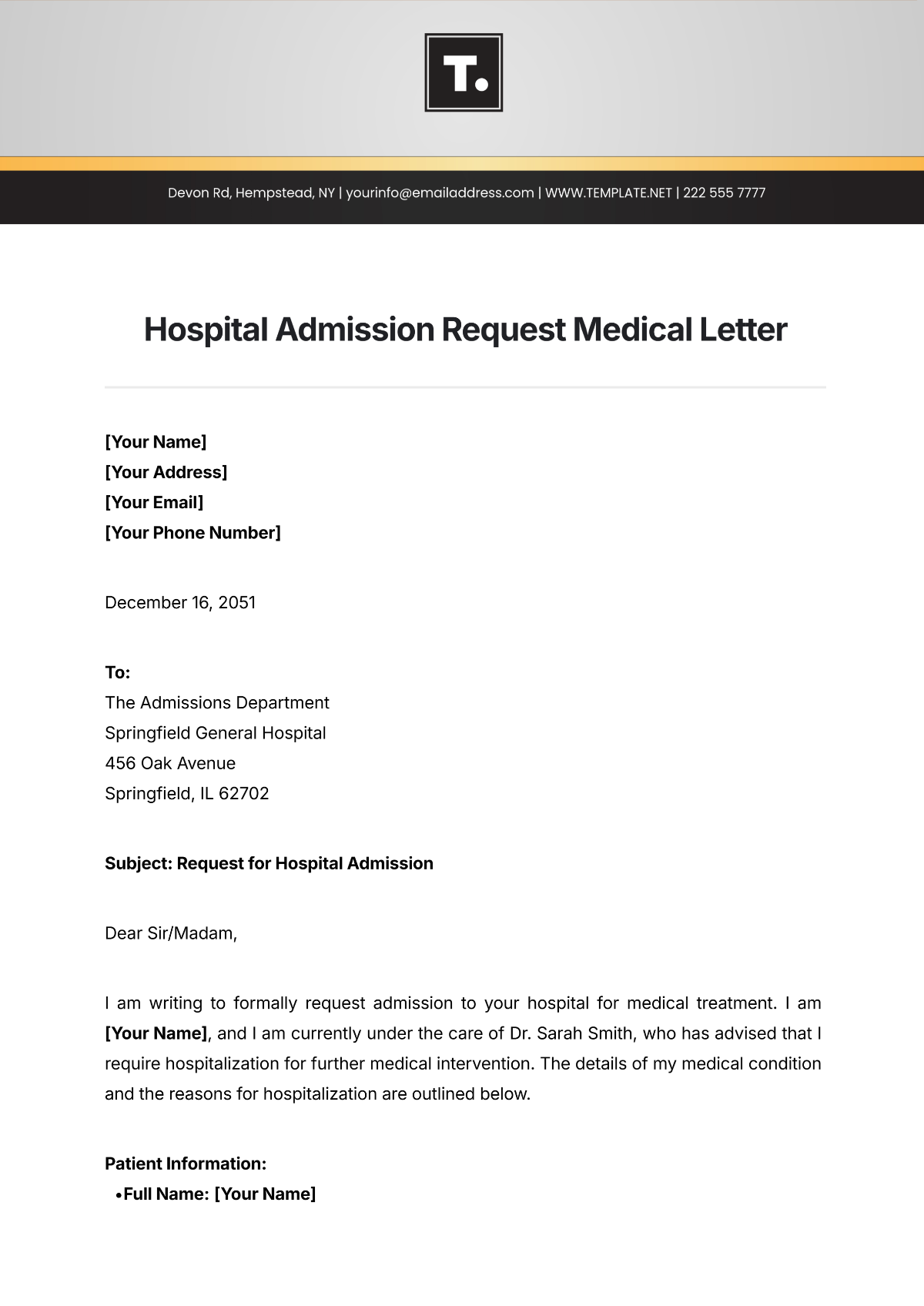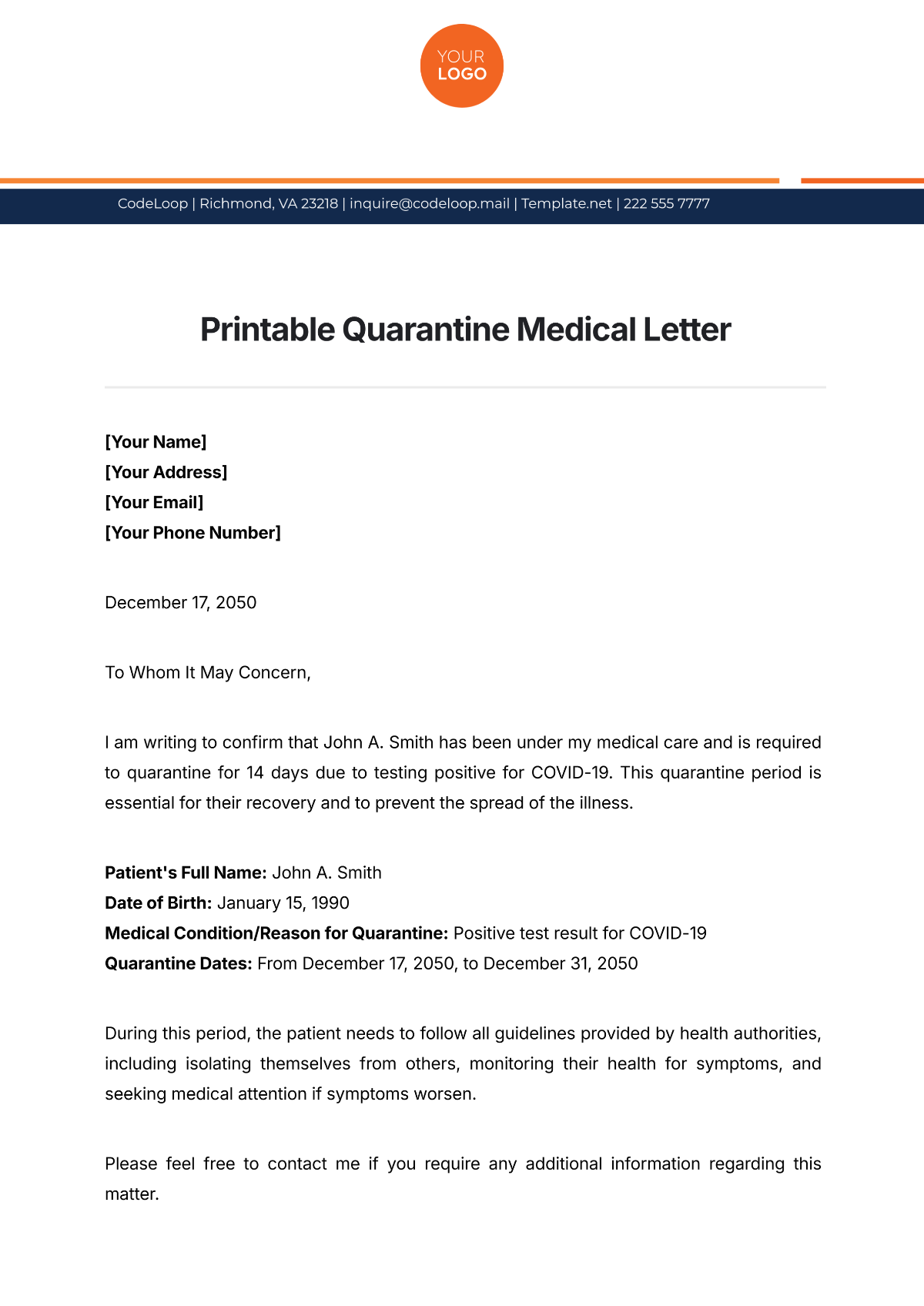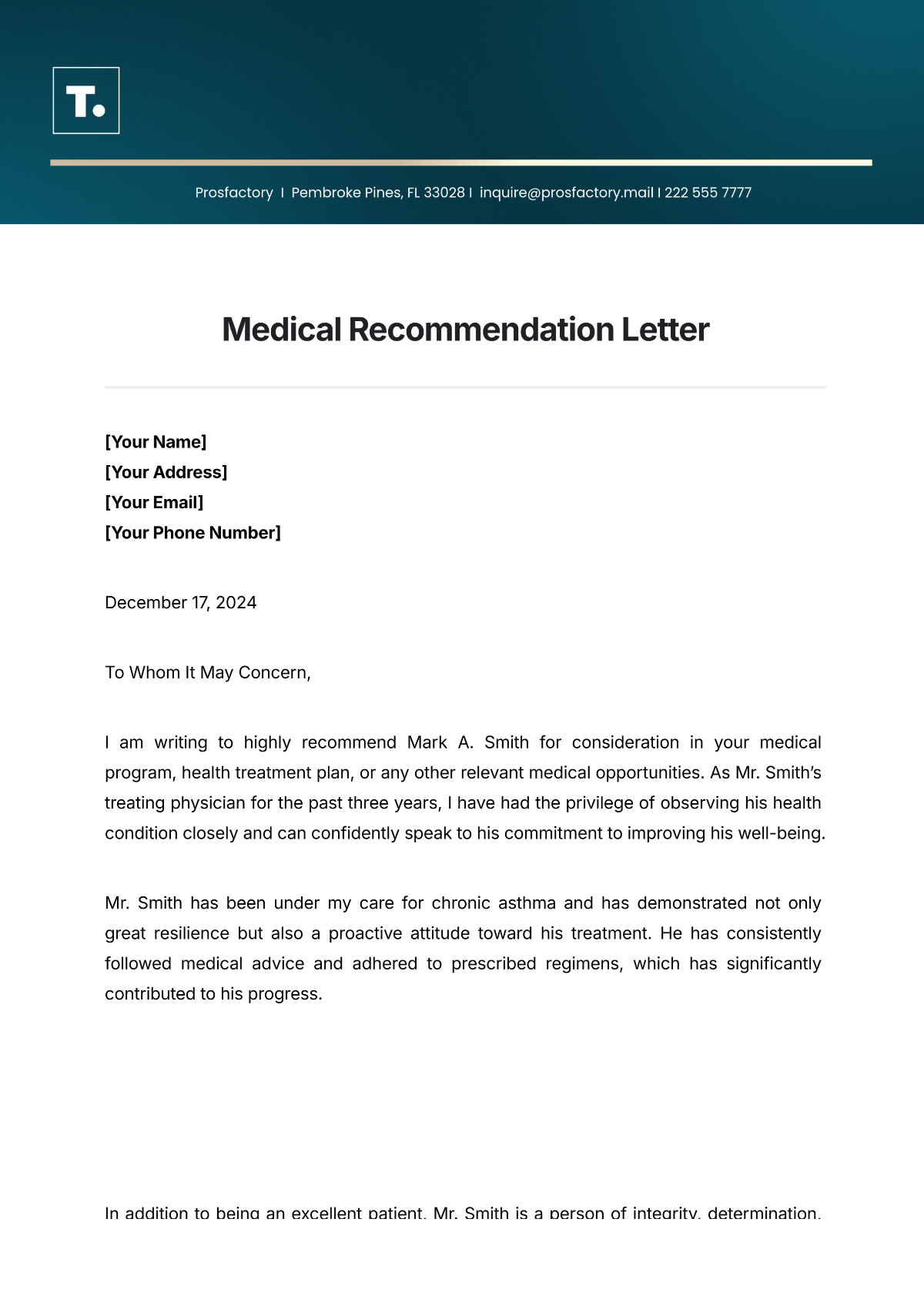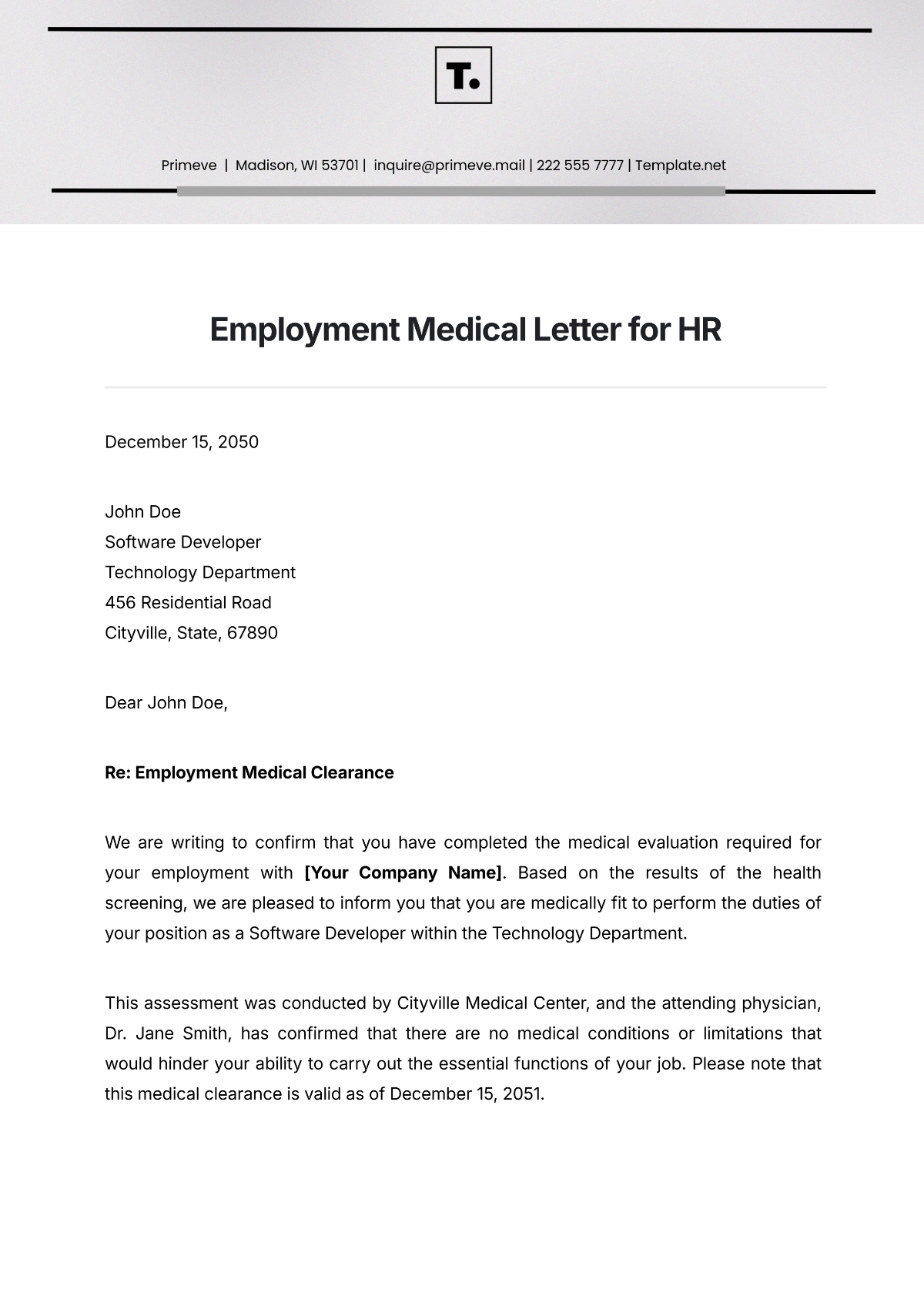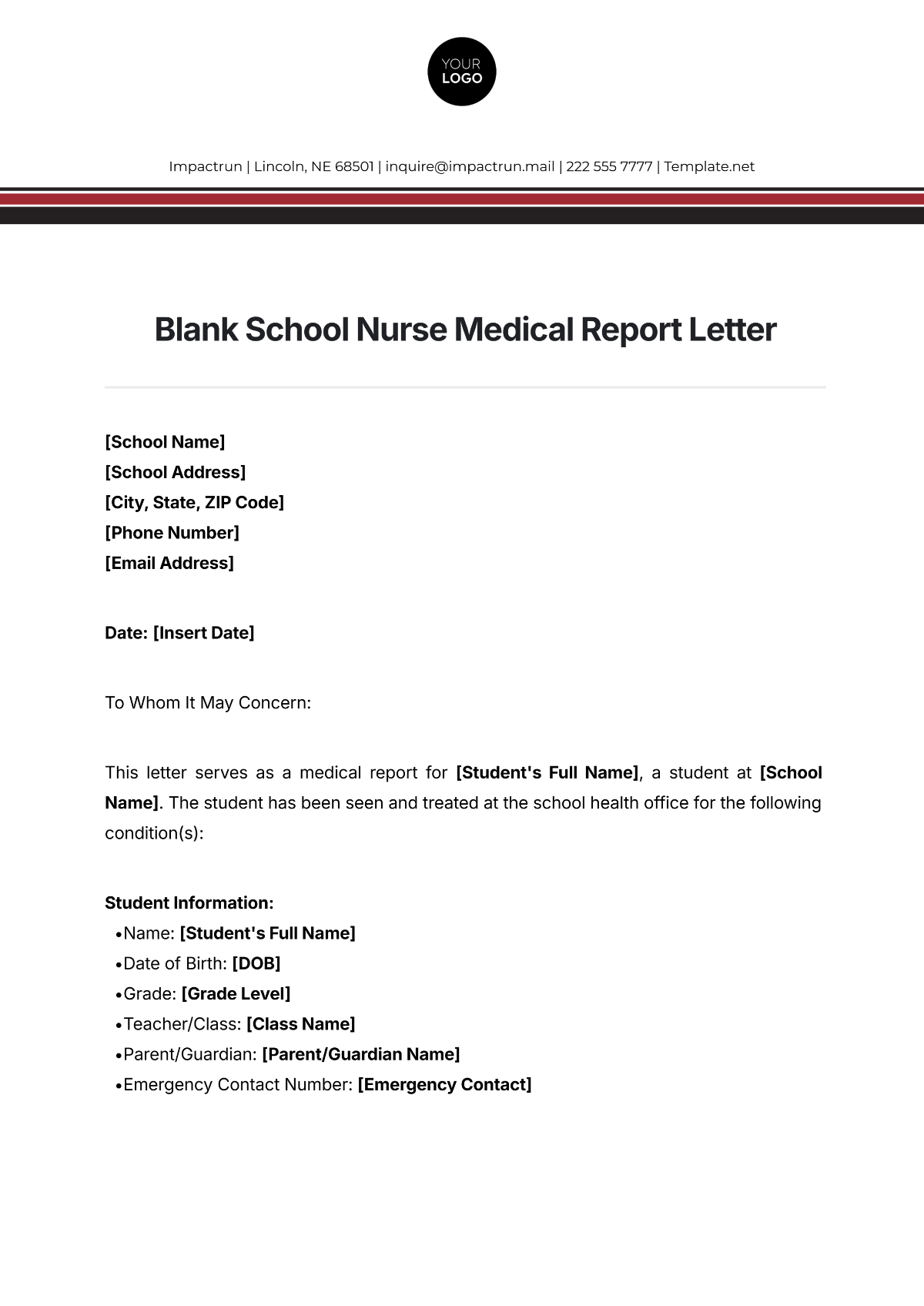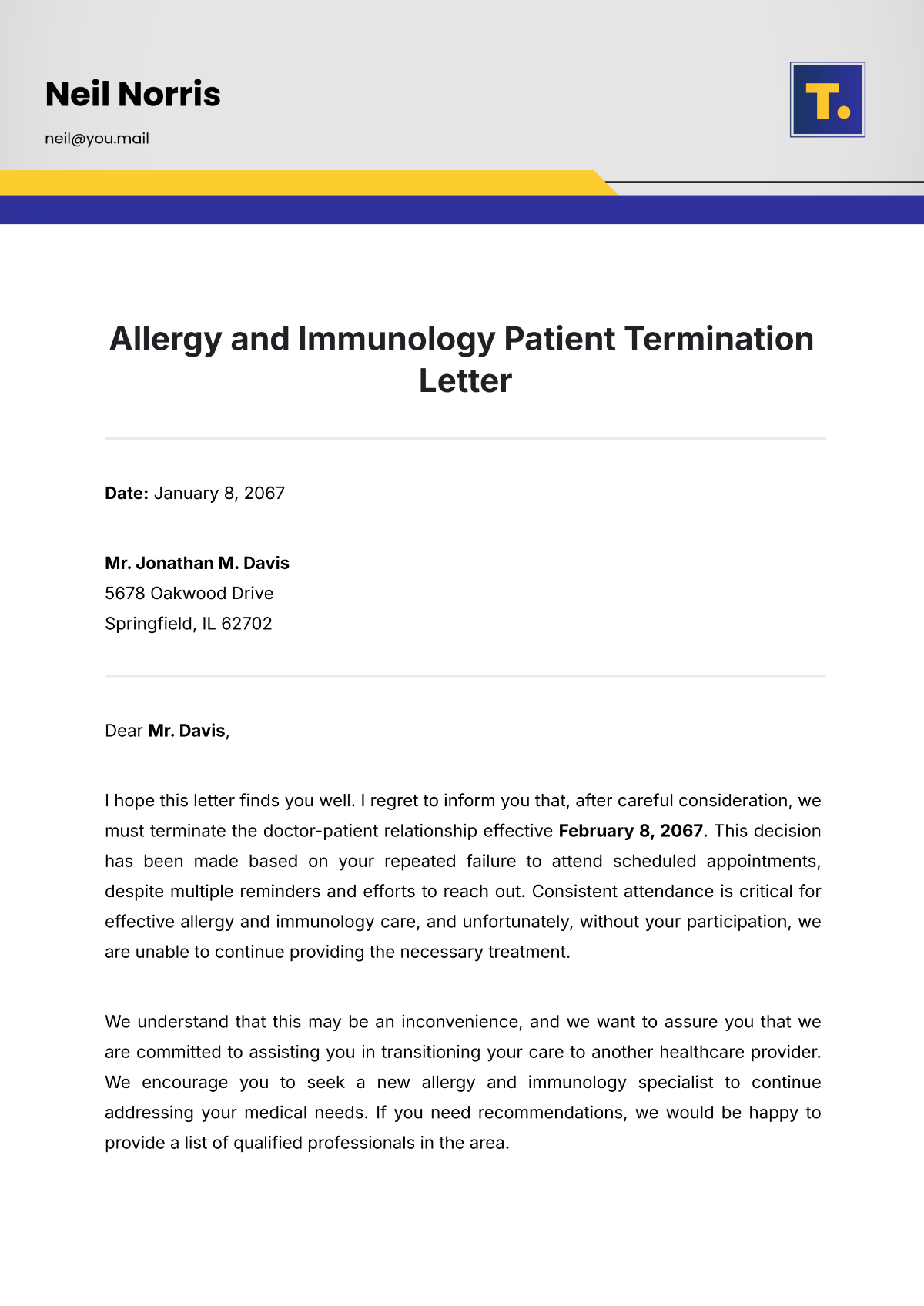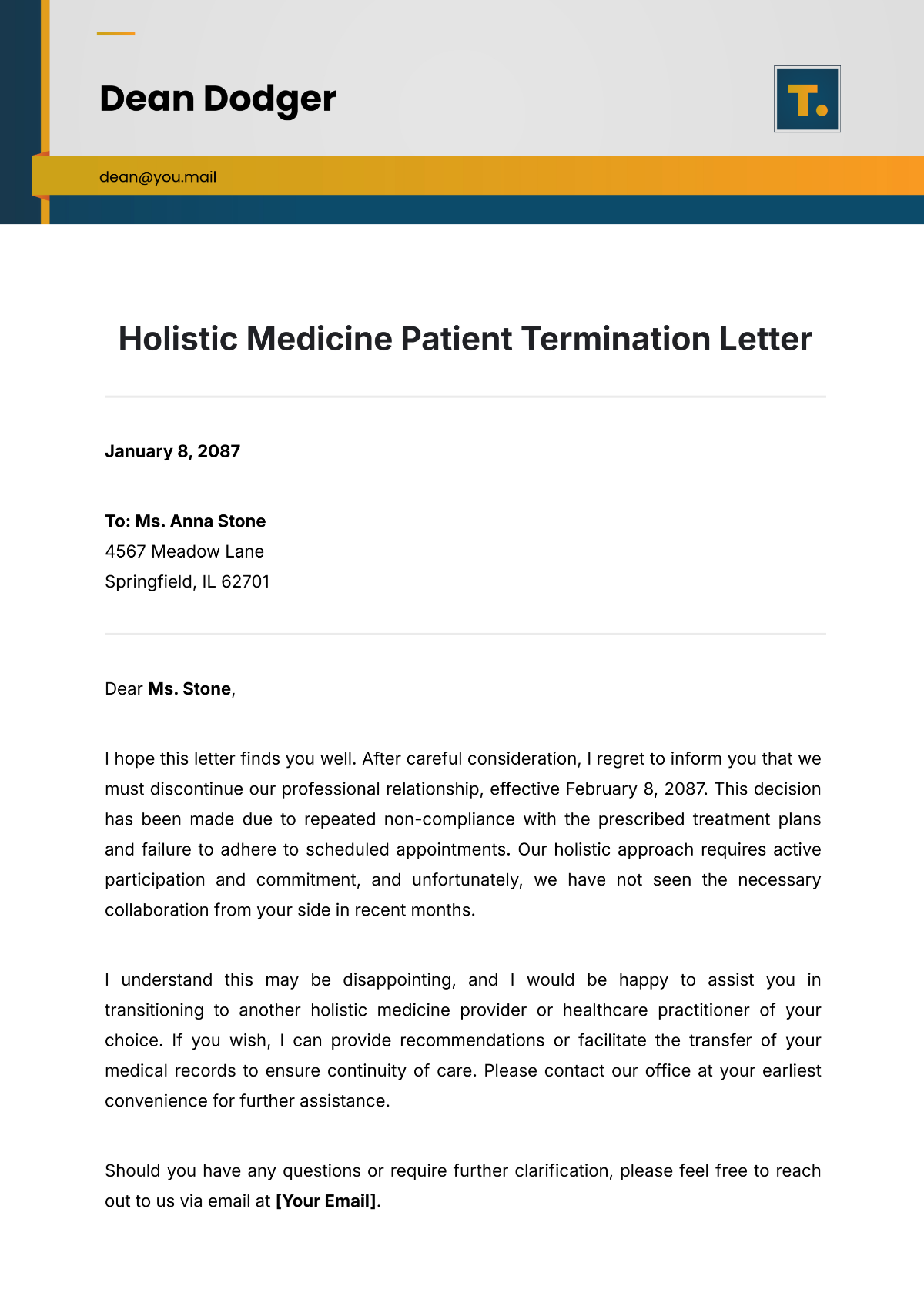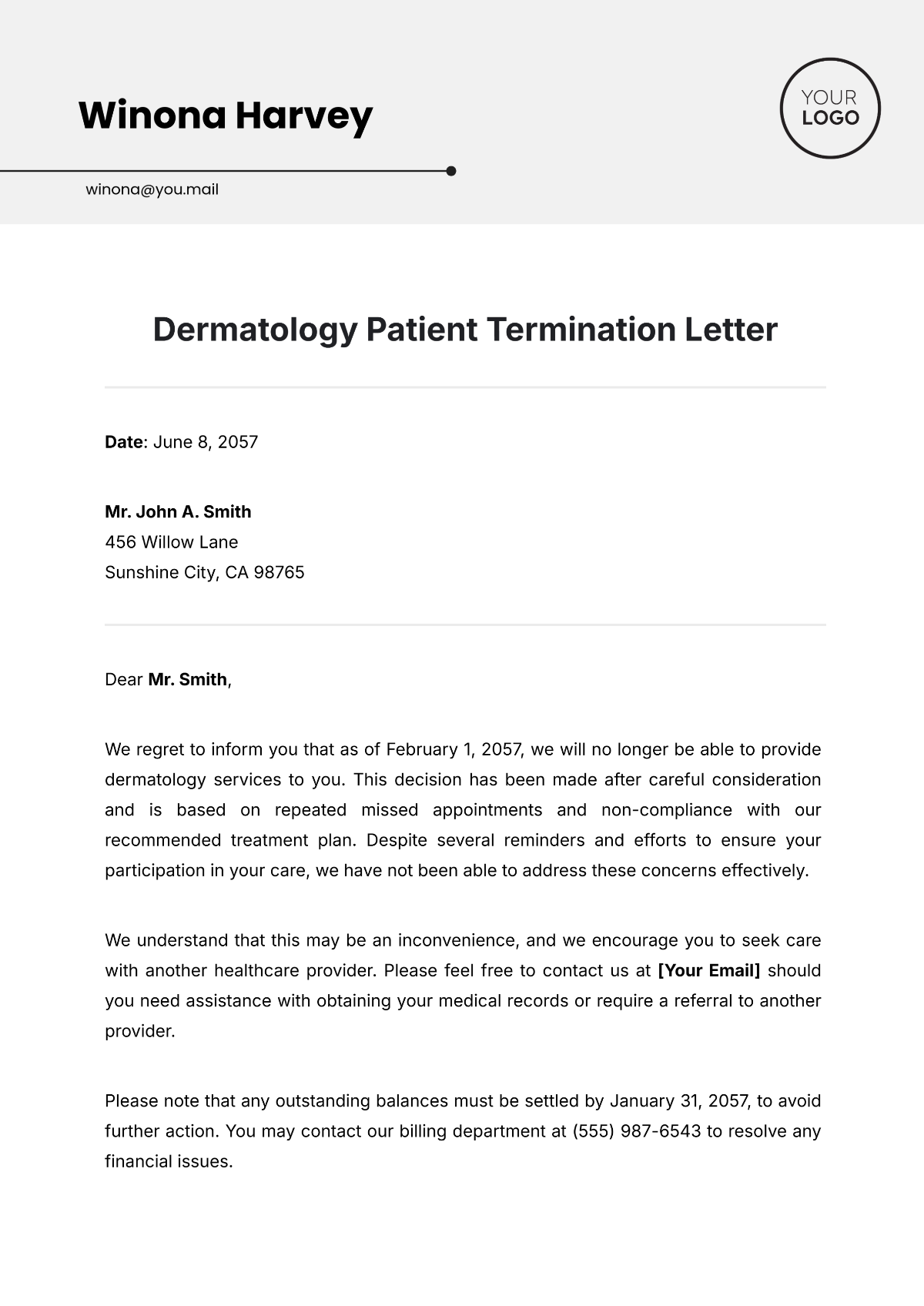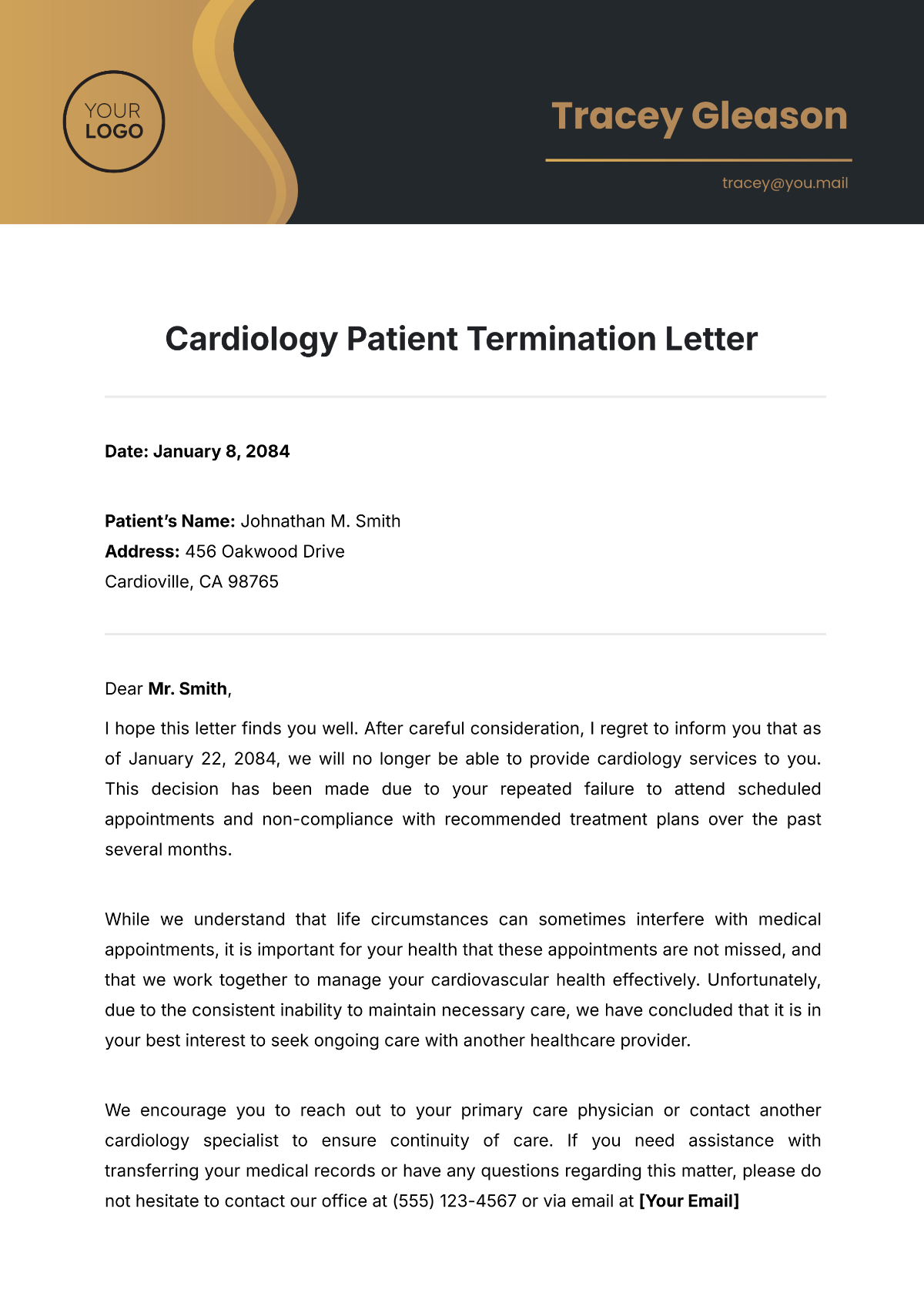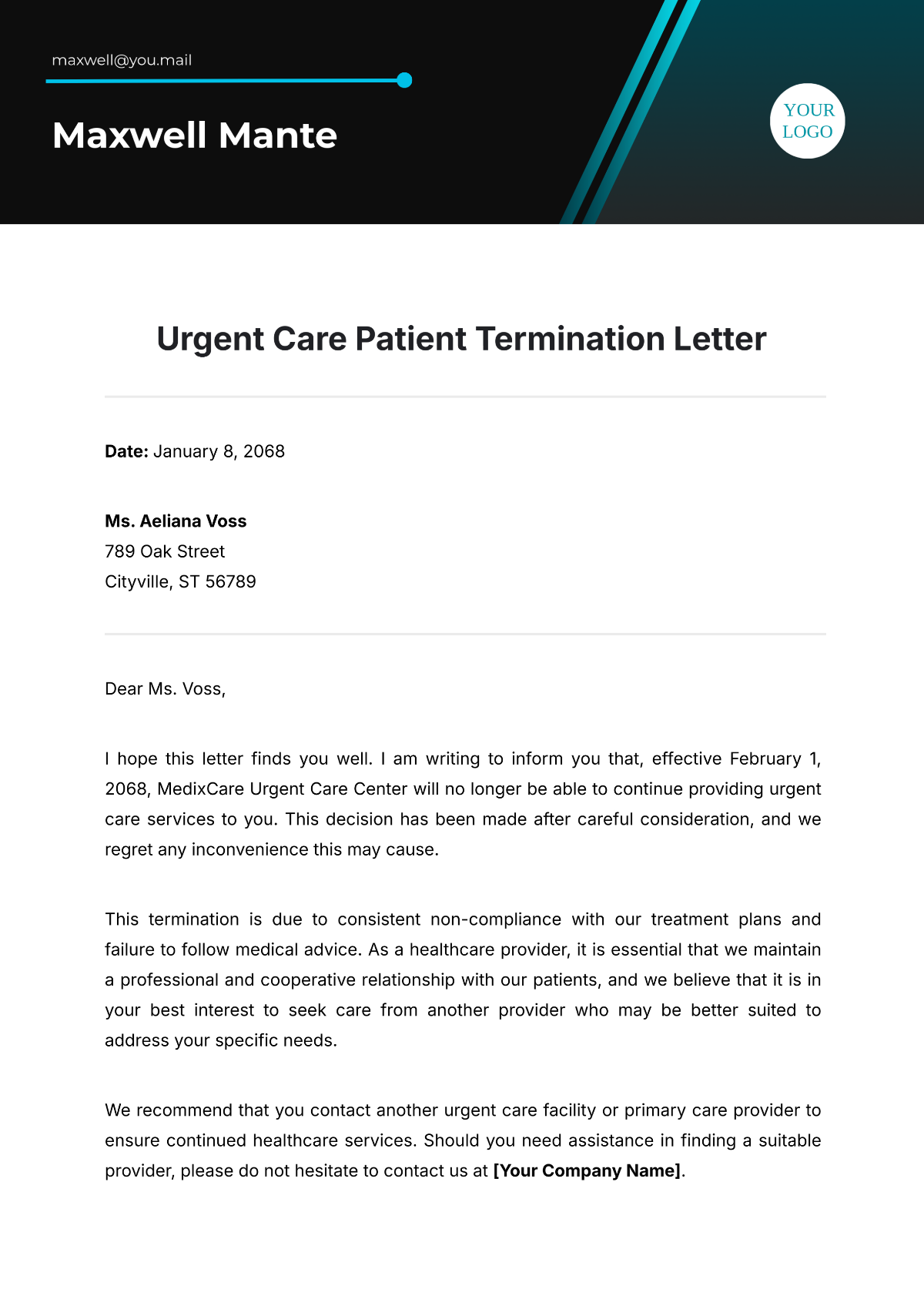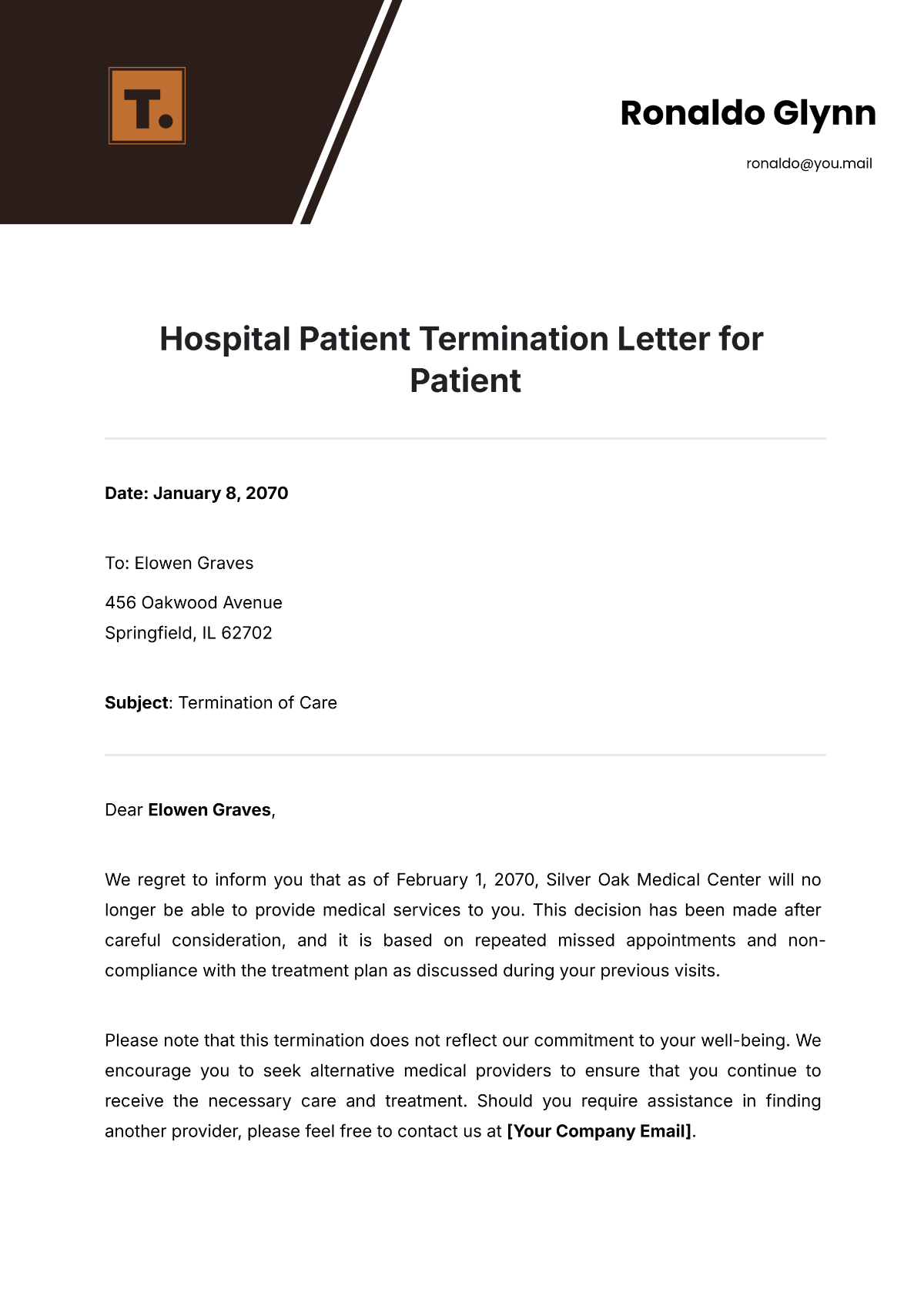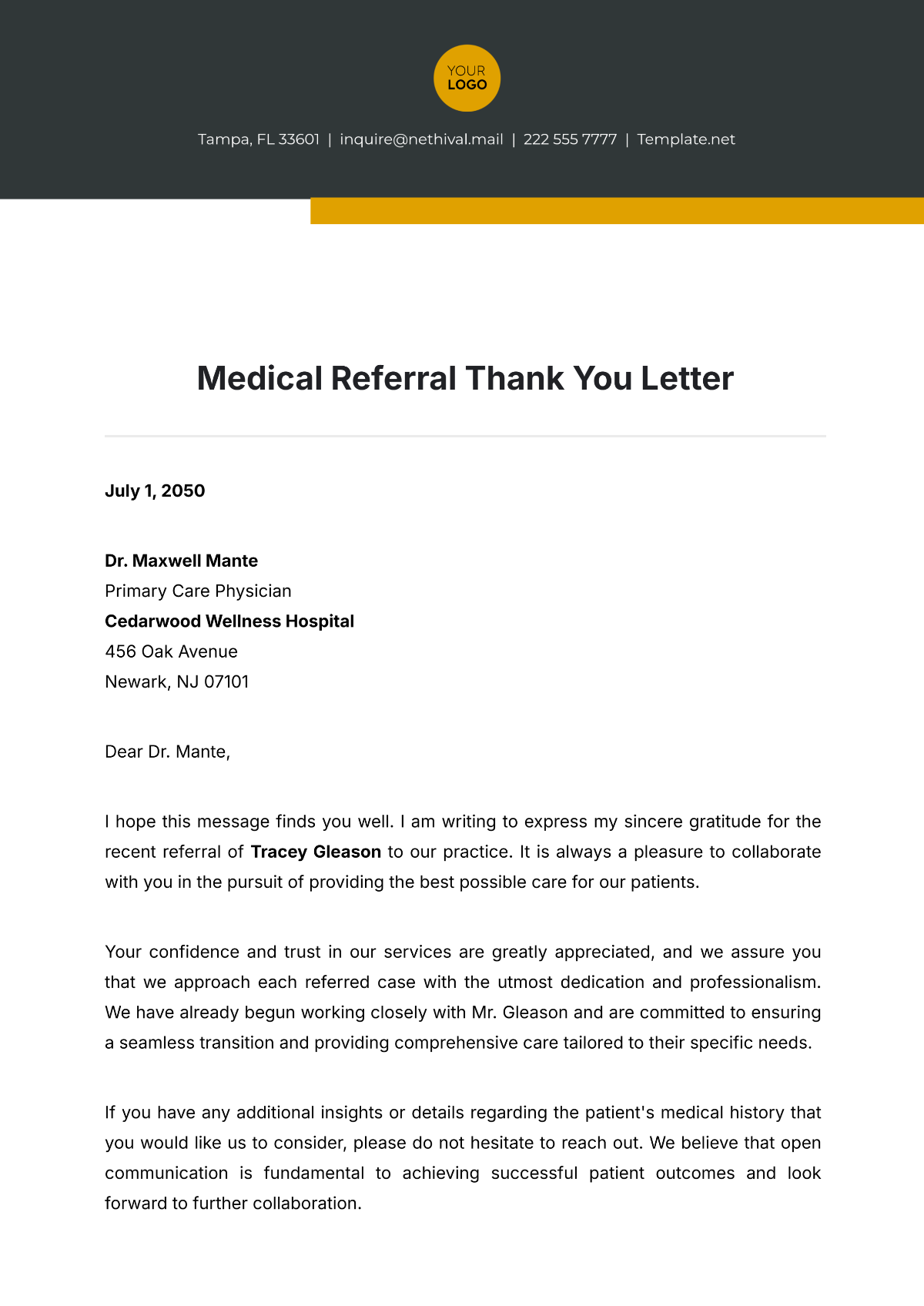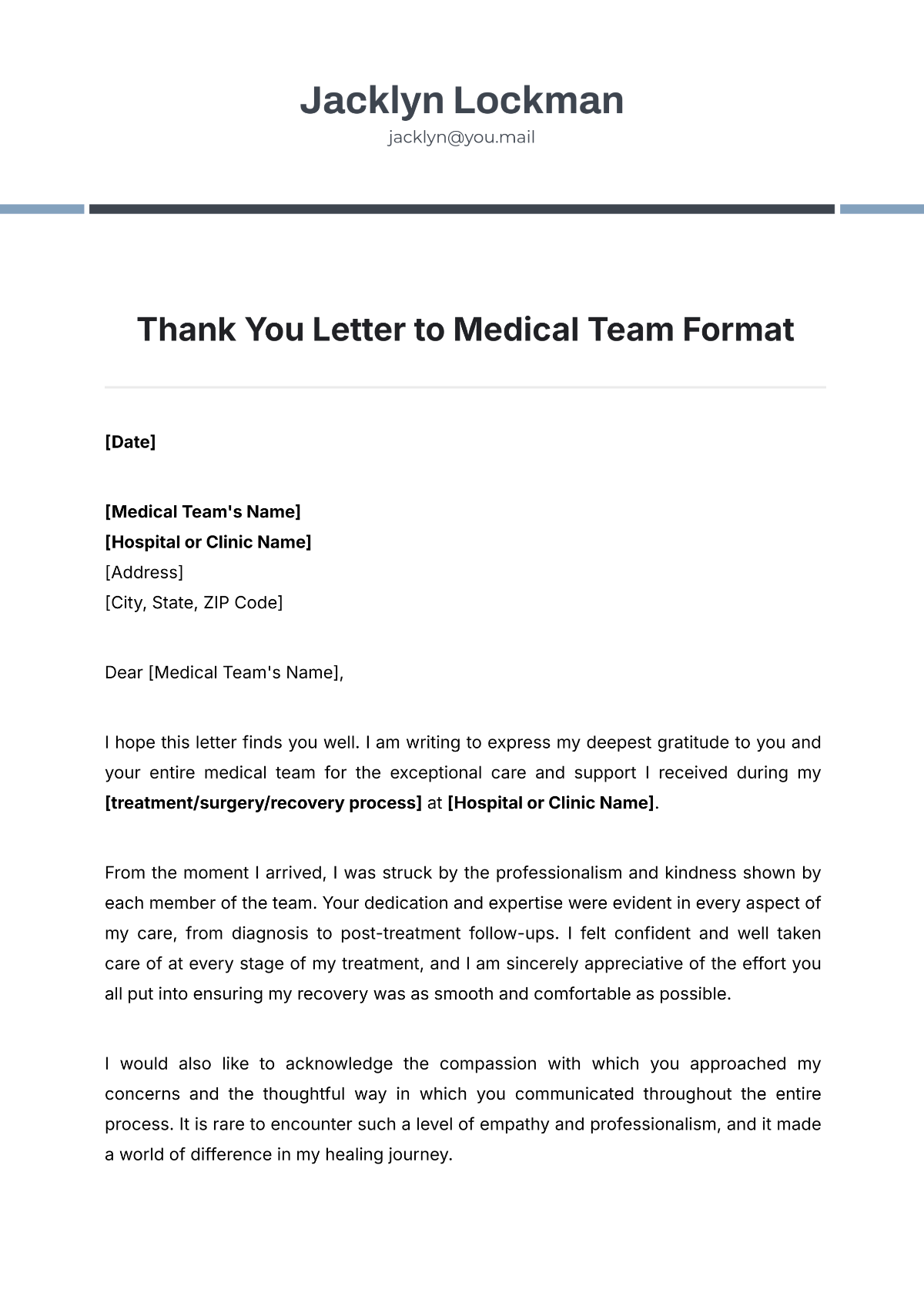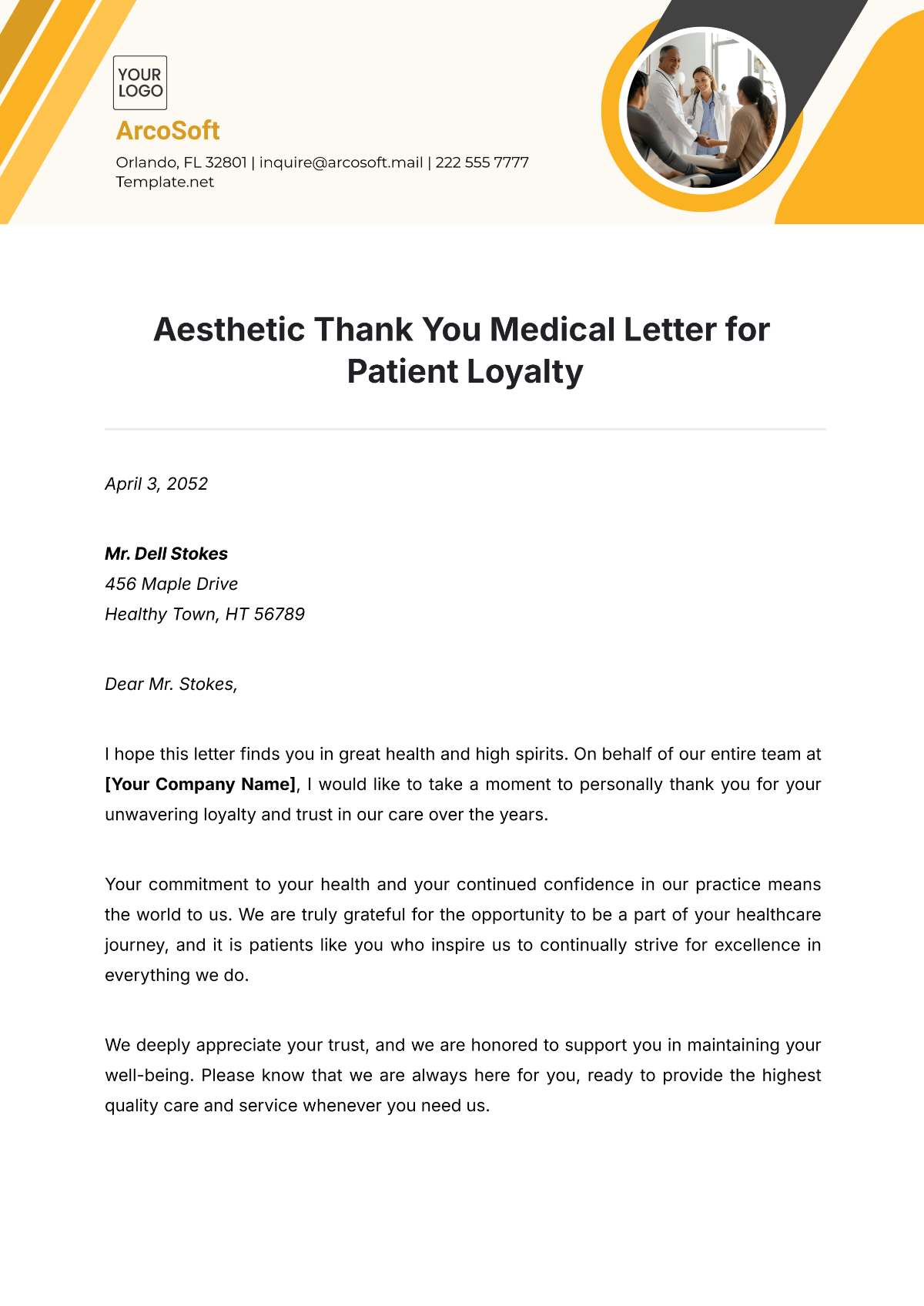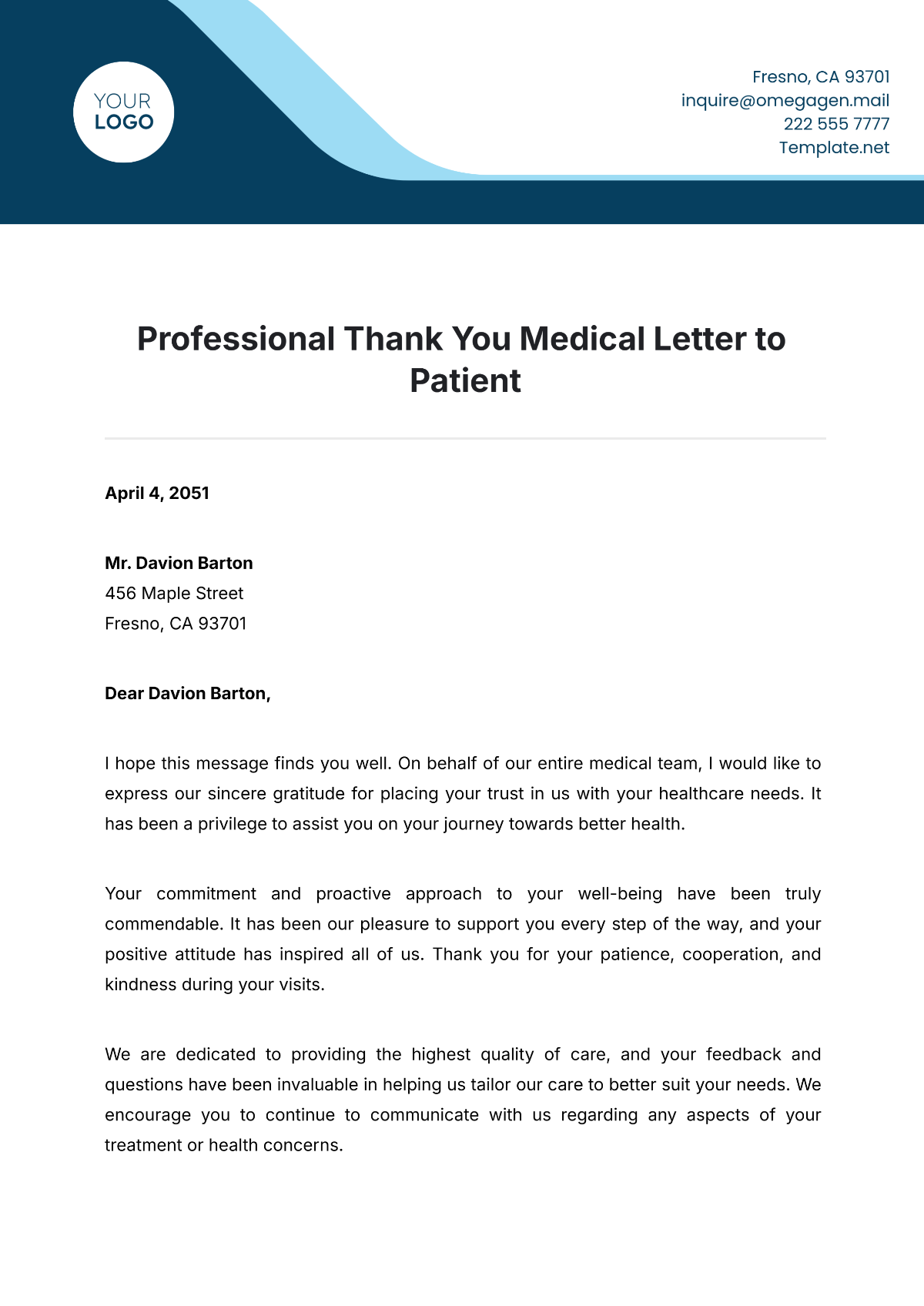Bring Your Health Communication to Life with Health Letter Templates from Template.net
Keep your healthcare organization informed, connect with patients, and communicate policies effectively using Health Letter Templates from Template.net. Ideal for healthcare administrators and professionals, these templates help you achieve clear and impactful communication. For instance, promote a health awareness campaign or inform patients of upcoming vaccination drives. Each template includes sections for date, time, and contact information, ensuring no detail is missed. With no design skills required, you can easily produce professional-grade documents. Customize layouts for print or digital distribution to suit your needs for newsletters and health bulletins.
Discover the many Health Letter Templates we have on hand, designed to meet your every communication need. Choose a template that matches your theme, then easily personalize it by swapping in your assets and adjusting colors and fonts to match your branding. Elevate your letters with advanced touches like dragging-and-dropping icons, adding animated graphics, or using AI-powered tools for text enhancements. The possibilities are endless and require no specialized skills. Enjoy regularly updated templates to stay current with healthcare trends. When you’re finished, download or share seamlessly via email, print, or link for real-time collaboration.







